 Abraham Lincoln
If given the truth, the people can be depended upon to meet any national crisis...
Abraham Lincoln
If given the truth, the people can be depended upon to meet any national crisis...
 Guildford news...
for Guildford people, brought to you by Guildford reporters - Guildford's own news service
Guildford news...
for Guildford people, brought to you by Guildford reporters - Guildford's own news service
Birdwatcher’s Diary No.137
Published on: 11 Jun, 2017
Updated on: 11 Jun, 2017
By Malcolm Fincham
The return of pleasant weather by the last weeks of May brought our warmest spell of the year so far. It turned the air a little sultry with temperatures rising into the high 20s centigrade. All the better for butterflies!
However, another welcomed visit from John on May 21, set Dougal and I on a mission firstly to help him find a few species of birds he was still, surprisingly, missing from his ”year” list. Living on the northern side of Kent, some of the species we see regularly are quite rare in the Maidstone area.
Astonishingly to some, the Dartford warbler is one scarcely seen there. First named from two specimens shot in April 1773 on Bexley Heath near Dartford, Kent.
With little heathland in John’s local area we decided to drop in on Thursley Common. Having already seen a Dartford warbler on his previous visit earlier in the year we found him several anyway.
Several woodlark showed well too.
Walking along the boardwalk I picked out a hobby. It was John’s first sighting of one this year; and that surprised Dougal and I, as he has already ‘clocked up’ more than 180 different species in 2017.
Redstart was one we knew he hadn’t yet seen. It wasn’t long before we found him a singing male.
We also picked out a tree pipit by song, eventually spotting it low to the ground on a dead branch.
Later that day we once again visited Oaken Wood in Chiddingfold. Having only seen one wood white butterfly on our previous visit, on May 1, the warmer weather since, had definitely increased the activity of the butterfly species there.
Wood whites were certainly abundant, counting well over 30 as we walked the track. Some were already starting to pair up.
A quartet of wood whites flew around together, allowing me an attempt of a photo.
Brimstones were still on the wing and pairing up, the females much paler in their colouring.
I also saw and photographed my first painted lady of this year!
A few daytime moths were also on the wing. Often confused as butterflies were several speckled yellows.
And what I believe to be a Mother Shipton moth.
Often confused for a moth, we also found a dingy skipper. Probably the least attractive butterfly in the UK both by name and nature, nonetheless finding its niche in our countryside.
Although the nightingales there were now singing less frequently, having mostly paired up, an occasional burst of song could be heard.
Most pleasing for me was the sighting of a spotted flycatcher, picked out by sound, by John, hearing it as it perched deep within a wooded area.
A bird once a common sight in Surrey, spotted flycatchers have declined at an alarming rate locally.
Ironically, I spotted a second one closer to view the following day in a village closer to Guildford.
The following weekend entailed a trip to Witley Common. Still on the trail of butterflies, though unable to add any new ones to our ‘year’s sightings’.
These included a small copper.
Grizzled skipper.
And green hairstreaks that were still out on the wing there.
Also sighting a hornet, getting my first photo of one this year.
Respective visits to Guildford’s Riverside Nature Reserve during the last weeks of May enabled me to get a picture of the regular species that can be seen there at this time of the year.
Reed warblers.
Reed buntings.
And sedge warblers, all still heard singing from the boardwalk.
The two families of Canada geese I pictured in my previous report were still parading their rapidly growing goslings around the lake.
On a pleasantly warm evening on May 29, at the rear of the lake where a variety of wild flowers had now starting to bloom, a small group of common blue butterflies had settled for a feed on their nectar.
Common blue damselflies were also present.
As well as several blue-tailed ones.
And a common whitethroat collecting food for its young.
On June 1, with a gathering of a small posy of family and friends (a magnificent seven to be precise), we met at dusk and set out across a ‘local’ heathland.
To quote: ”Well the stage was set, the sun was sinkin’ low down”. We hoped to watch another yearly heathland showdown. On cue, at 9.20pm the eerie churring sound began from deep in the heather. A nightjar..! And not too far away from us either..!
As our eyes began to struggle to see due to the fading light, a silhouetted figure rose up from the undergrowth, perching in a bare tree.
And just enough light to get a few record shots. White wing tips suggested it was a male.
It wasn’t long before a female took to the air, feeding on moths and hopefully some of those flying insects that had started to bite our necks and faces. It was time to call it a day!
Although being primarily a birdwatcher, the highlight of my year so far was on June 4. Having been on my wish list for many years, I finally grabbed the opportunity on a sunny Sunday to visit Strumpshaw Fen on the Norfolk Broads.
With the combination of Dougal’s ”manic” enthusiasm and Bob’s willingness to take on the three-hour drive, we set off soon after 5am. Stopping only for a brief visit to Weeting Heath in the hope of adding a stone curlew to our year lists.
Although only seeing just two and a very distant view, it was enough to whet our appetites.
Strumpshaw Fen is a RSPB reservefull range of broadland habitats. including reedbeds, woodlands and orchid-rich meadows.
Although not seeing any of the resident bitterns, the marsh harriers could be easily viewed as they hunted over the reeds.
A hobby also put in an appearance, stooping from a great height over the marsh. The keen eyes of Bob even managed to snatch a record shot of a kingfisher, before it flashed past our eyes in an ‘electric blue’ haze.
Various dragonflies hovered, back and forth over the pools. These included what I think were black-tailed skimmers.
Small tortoiseshell butterflies seemed to be abundant there. Having declined nationally by 73% since the 1970s, numbers have risen over the past few years. Hopes are high that it is on the path to recovery.
This leads me on to the main reason for our visit. And a montage of pictures I successfully got. A short walk from the car park at the reserve led us to the ‘doctor’s garden’.
Dr Martin George, a distinguished expert on the Broads and a Strumpshaw resident, and local landowner, Wesley Key, both hatched a plan in 1974 to save the landscape and wildlife they both valued so much.
Strumpshaw Fen is renowned for its swallowtail butterflies and the ‘doctor’s garden’ is often the best place to view them. The kindness of the residents allows you across their lawn to watch and photograph the butterflies in all their glory as they settle on the various flowers.
Seeing these butterflies flying powerfully over the Norfolk Broads is a sight to behold.
The swallowtail is Britain’s largest and most exotic butterfly. Its name refers to the extensions on the hind-wings which look rather like a swallow’s tail.
Britain has its own race of swallowtails confined to the fens of the Norfolk Broads.
It differs from the European species, not only in terms of its appearance but also its ecology. They are the largest resident butterfly in the UK.
The swallowtail will spend the winter hibernating as a pupae at the bottom of a plant stem. Surprisingly, they can withstand being submerged in water for long periods, a life-saving adaptation for living in the Broads’ marshes.
From late May adults emerge, as with most UK species of butterfly, and will live on average about a month breeding and feeding.
Although now rare in the UK, there are still reasonable populations at Hickling Broad, Ranworth Broad as well as Strumpshaw Fen.
If you can make it out early enough on a bright summer’s day, with a bit of luck you too will get to spot one too.
Responses to Birdwatcher’s Diary No.137
Leave a Comment Cancel replyPlease see our comments policy. All comments are moderated and may take time to appear. Full names, or at least initial and surname, must be given.
Recent Articles
- Burglar Jailed Thanks To Quick Action of Ash Resident
- Highways Bulletin for December
- Birdwatcher’s Diary No.318 Some Pre-Christmas Rambles
- Merry Christmas and a Happy New Year to All Our Contributors and Readers!
- More Units Added to Solums’s Station Redevelopment
- Vehicle Stop on Epsom Road Leads to Prolific Drug Gang Being Put Behind Bars
- Local Political Leaders Respond to Publication of the English Devolution White Paper
- Flashback: Guildford All Lit Up For Christmas – Then And Now
- City Earn Themselves a Three Point Christmas Present
- Mayor’s Diary: December 23 – January 4


Recent Comments
- Jim Allen on Two Unitary Authorities, One Elected Mayor – Most Likely Devolution Outcome for Surrey
- Mike Smith on Two Unitary Authorities, One Elected Mayor – Most Likely Devolution Outcome for Surrey
- Angela Richardson on Two Unitary Authorities, One Elected Mayor – Most Likely Devolution Outcome for Surrey
- Frank Emery on Two Unitary Authorities, One Elected Mayor – Most Likely Devolution Outcome for Surrey
- Paul Kennedy on Two Unitary Authorities, One Elected Mayor – Most Likely Devolution Outcome for Surrey
- Alan Judge on Dumped E-bike Provokes Questions
Search in Site
Media Gallery
Dragon Interview: Local Artist Leaves Her Mark At One of England’s Most Historic Buildings
January 21, 2023 / No Comment / Read MoreDragon Interview: Lib Dem Planning Chair: ‘Current Policy Doesn’t Work for Local People’
January 19, 2023 / No Comment / Read MoreA3 Tunnel in Guildford ‘Necessary’ for New Homes, Says Guildford’s MP
January 10, 2023 / No Comment / Read More‘Madness’ for London Road Scheme to Go Ahead Against ‘Huge Opposition’, Says SCC Leader
January 6, 2023 / No Comment / Read MoreCouncillor’s Son Starts Campaign for More Consultation on North Street Plan
December 30, 2022 / No Comment / Read MoreCounty Council Climbs Down Over London Road Works – Further ‘Engagement’ Period Announced
December 14, 2022 / No Comment / Read MoreDragon Interview: GBC Reaction to the Government’s Expected Decision to Relax Housing Targets
December 7, 2022 / No Comment / Read MoreHow Can Our Town Centre Businesses Recover? Watch the Shop Front Debate
May 18, 2020 / No Comment / Read More




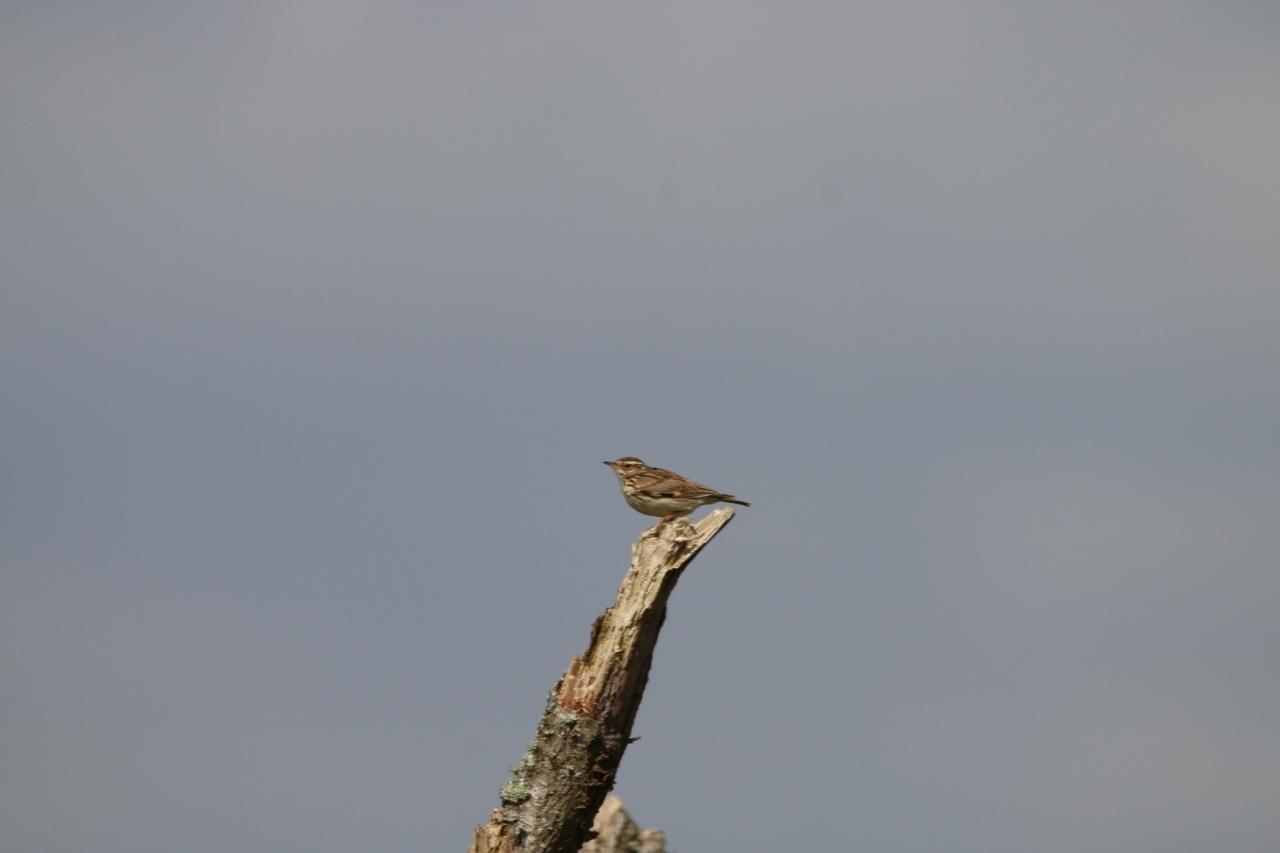
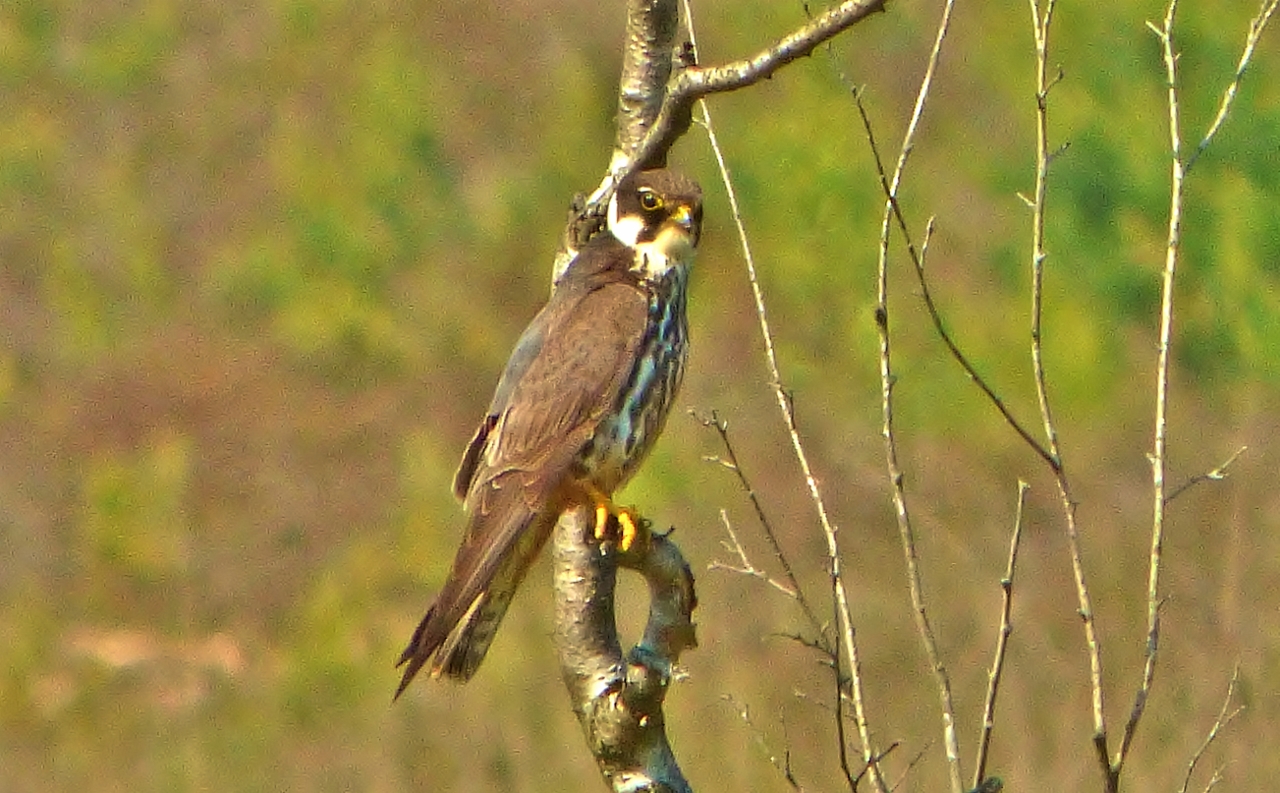
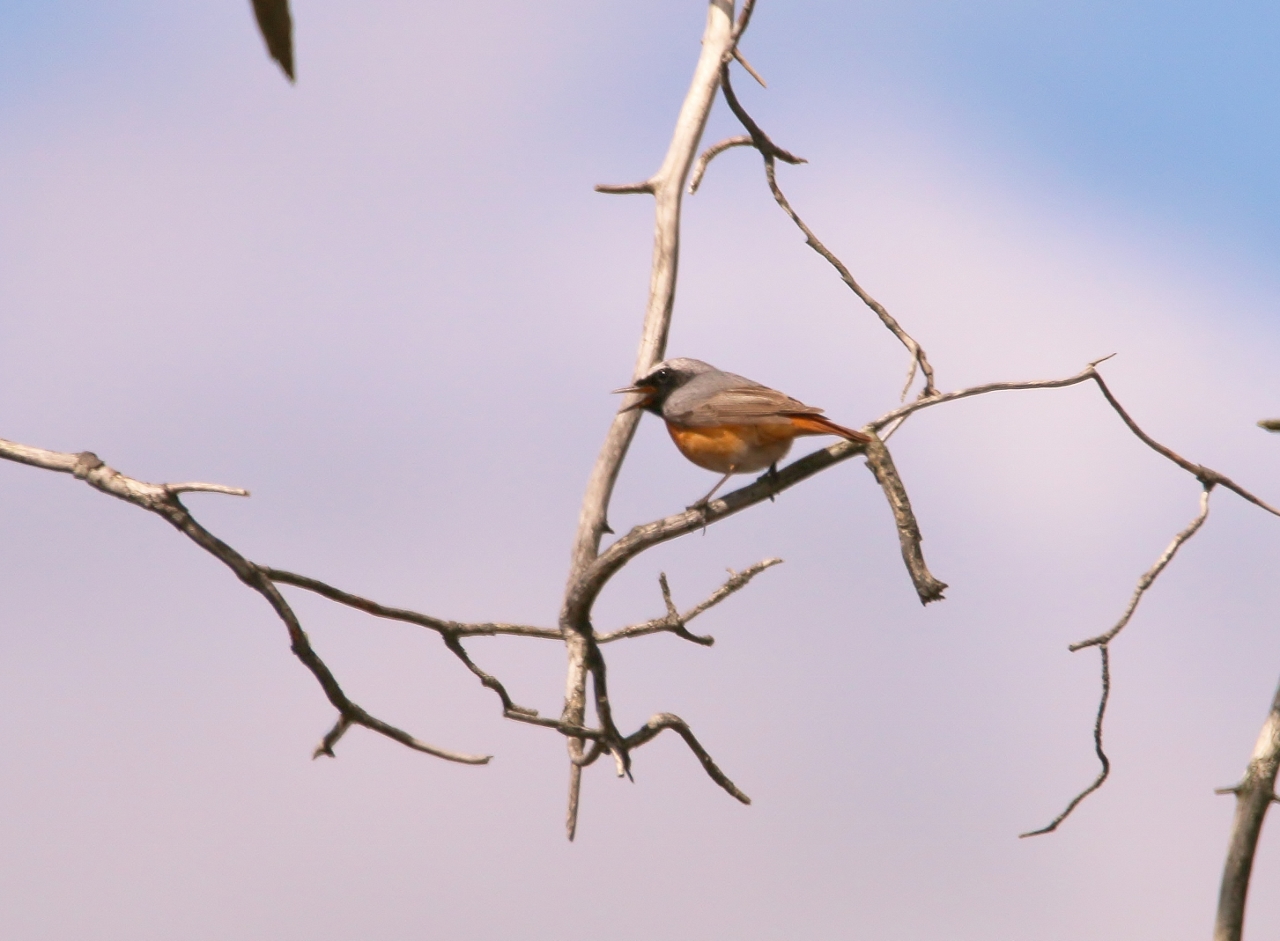
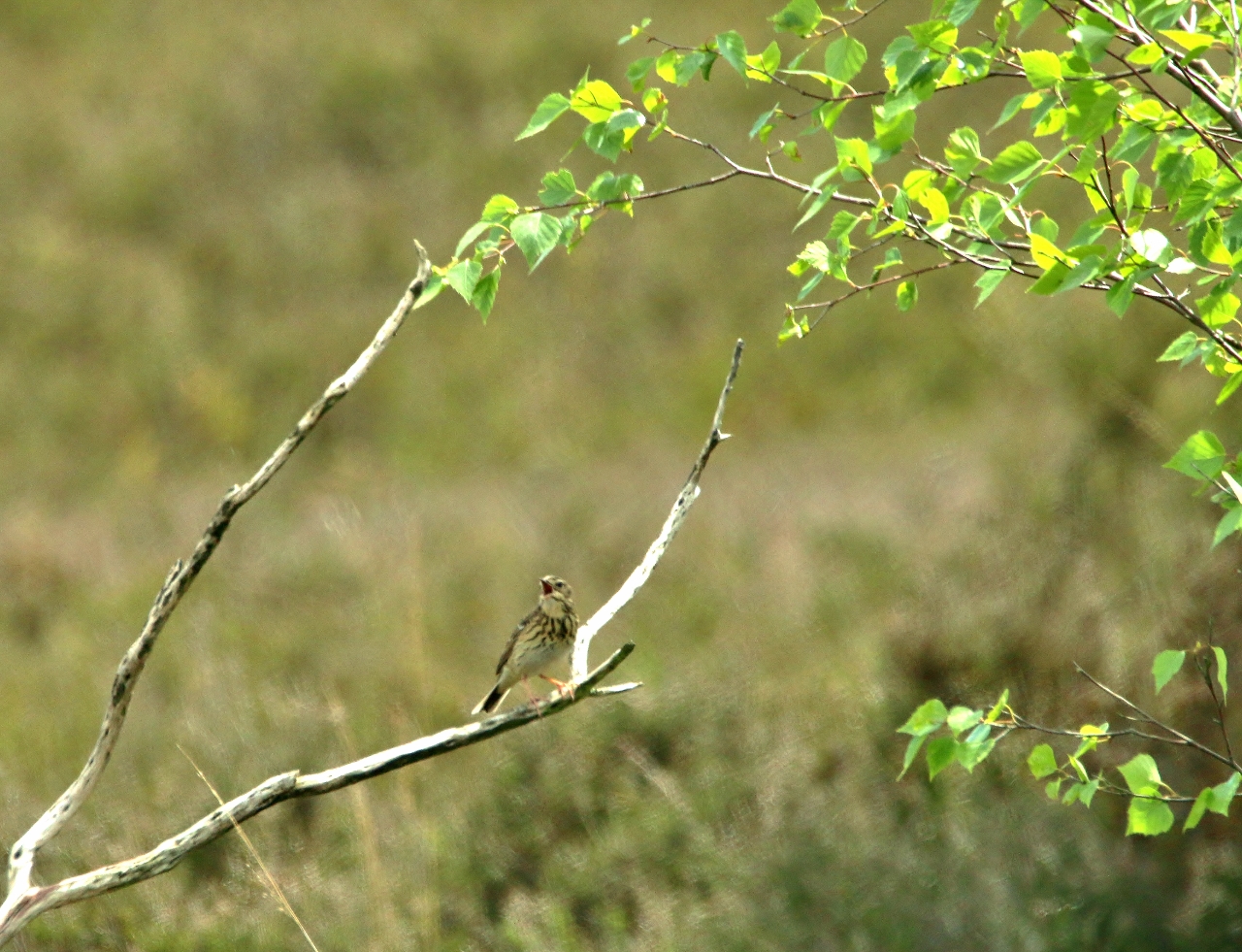
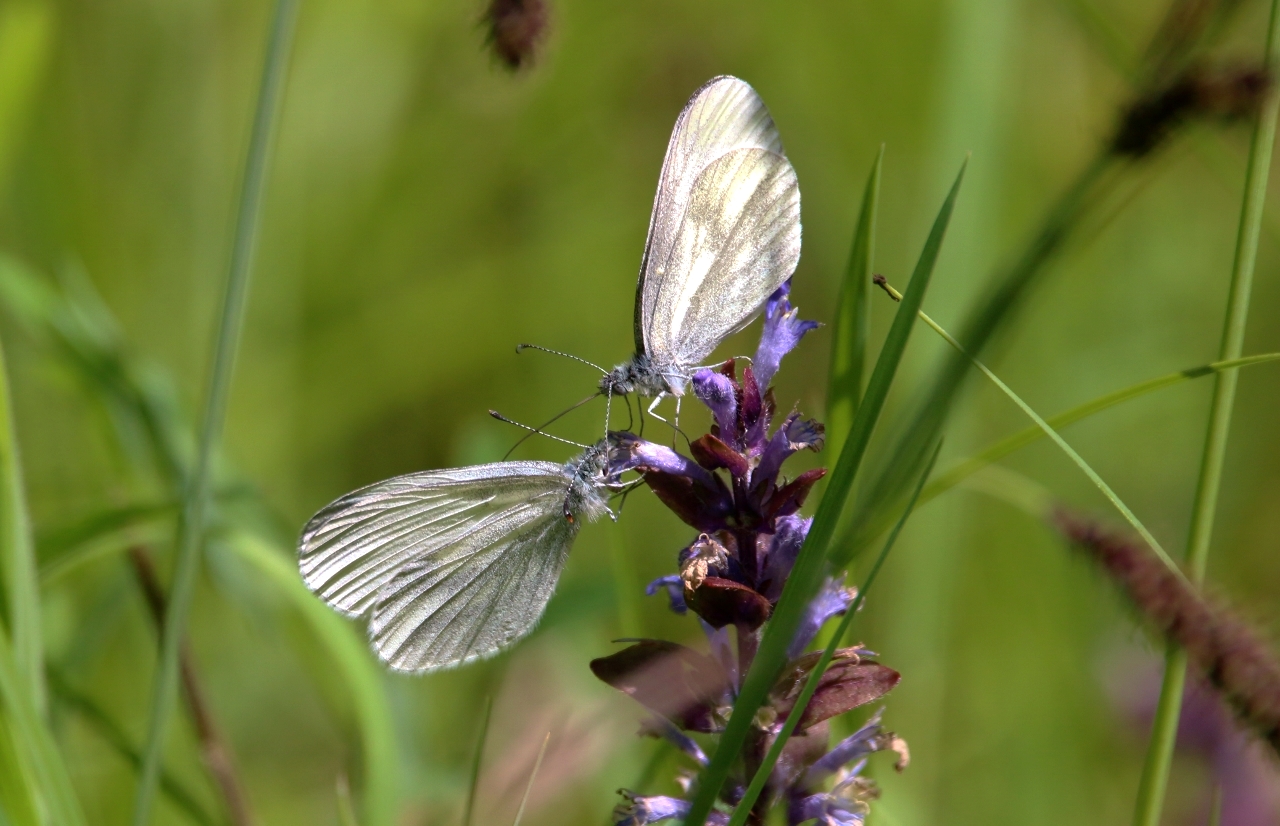
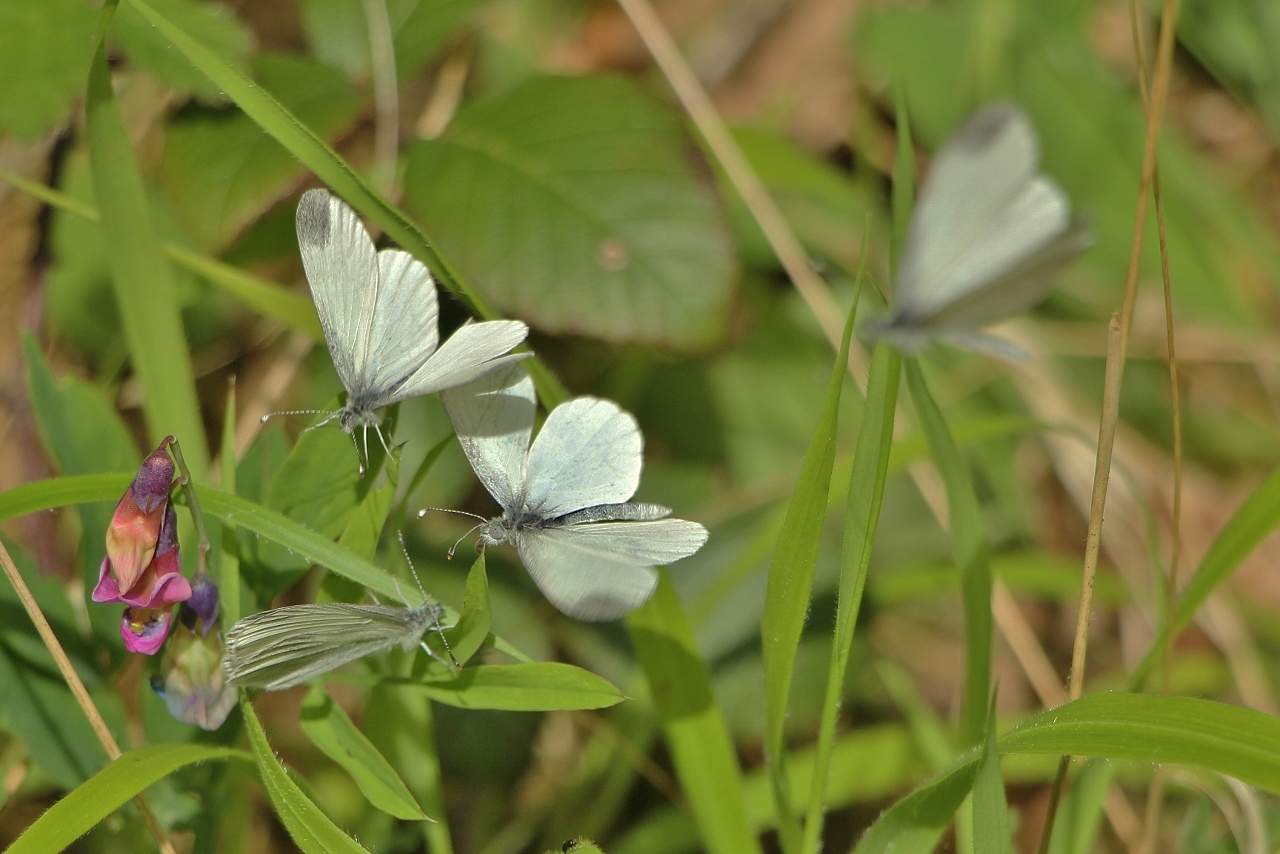
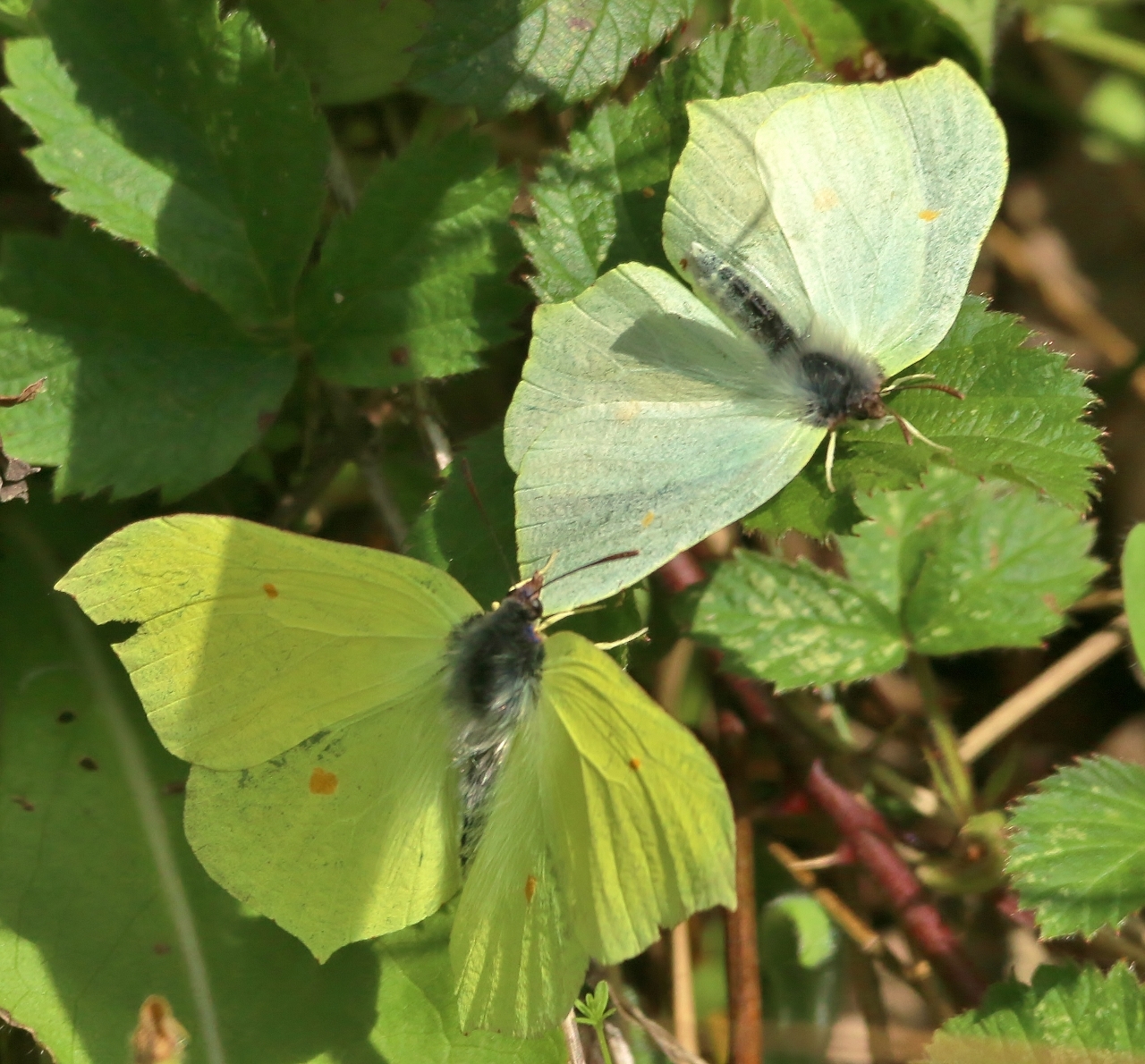
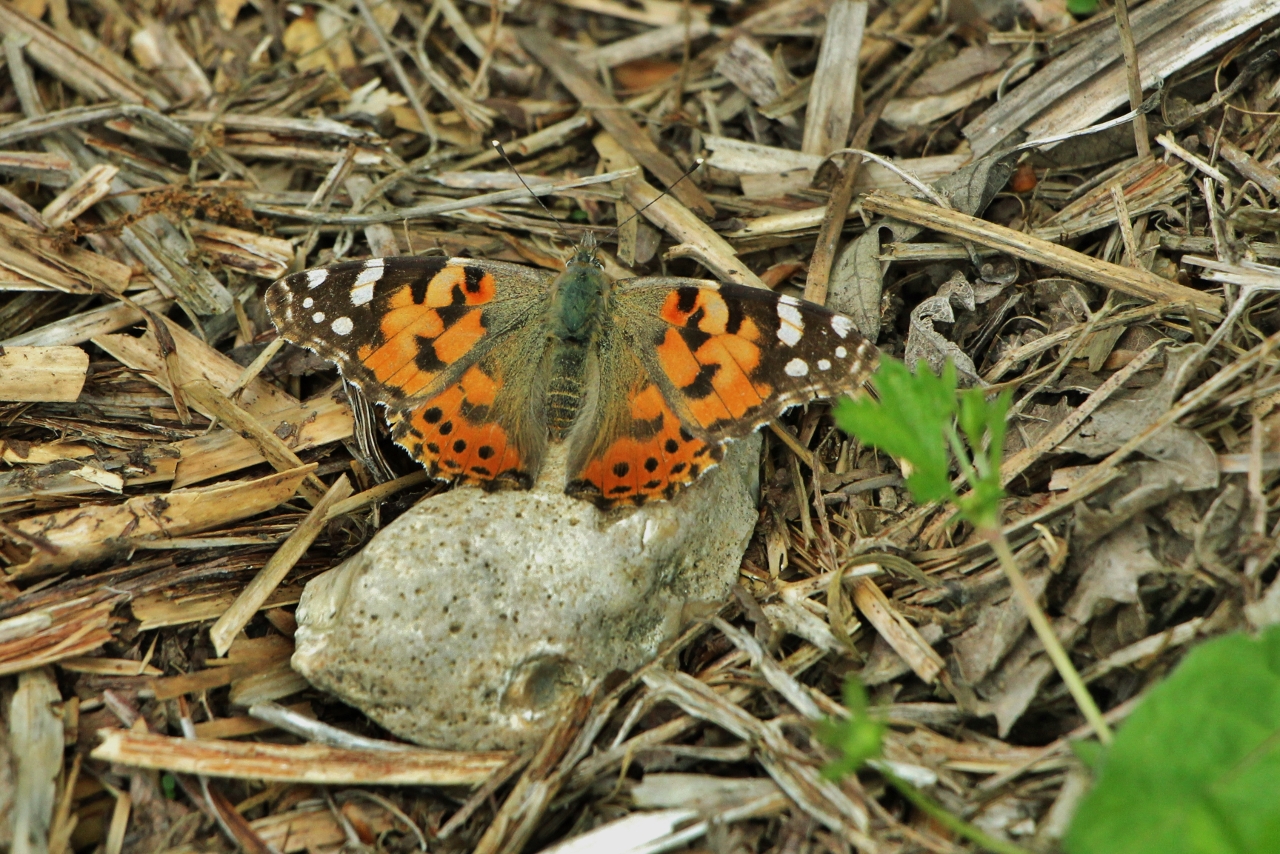
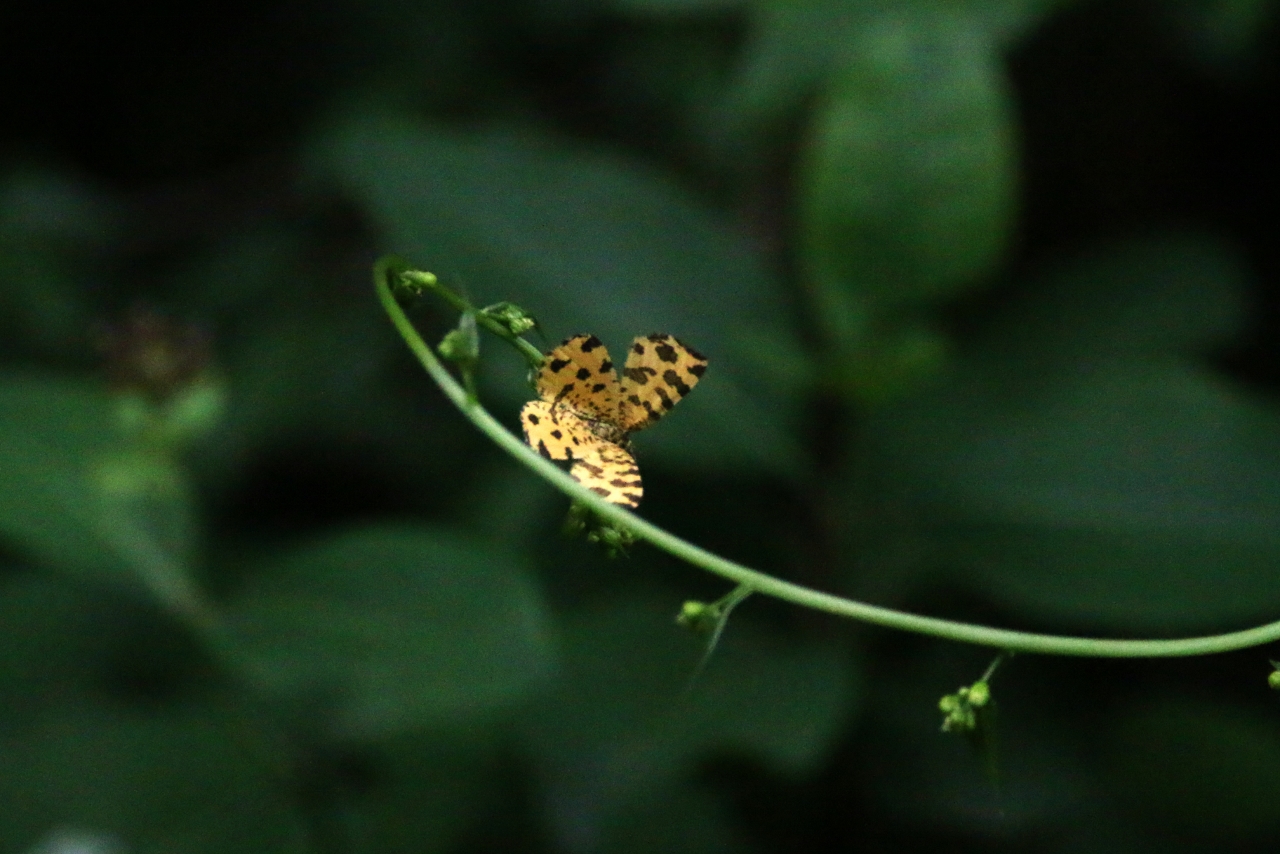
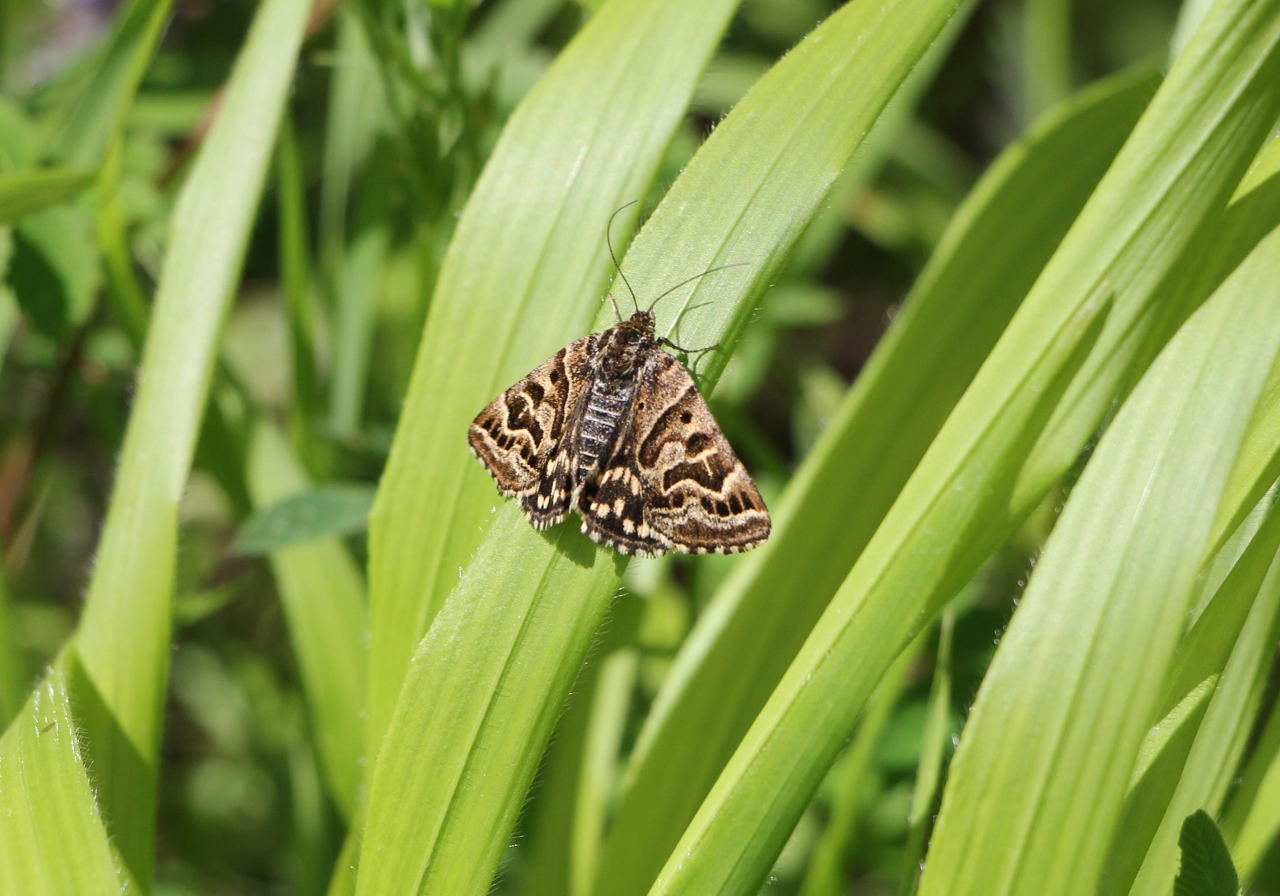
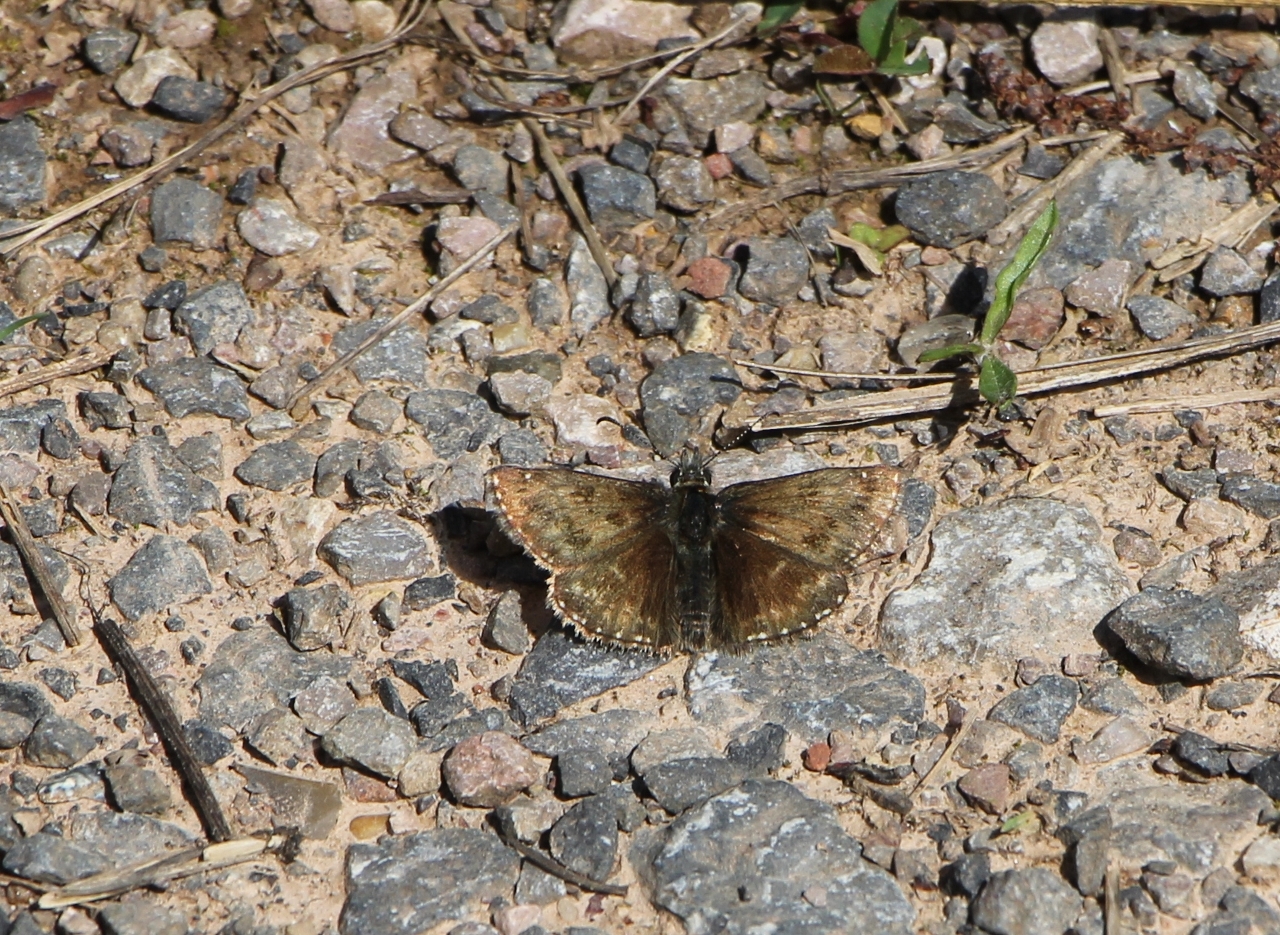

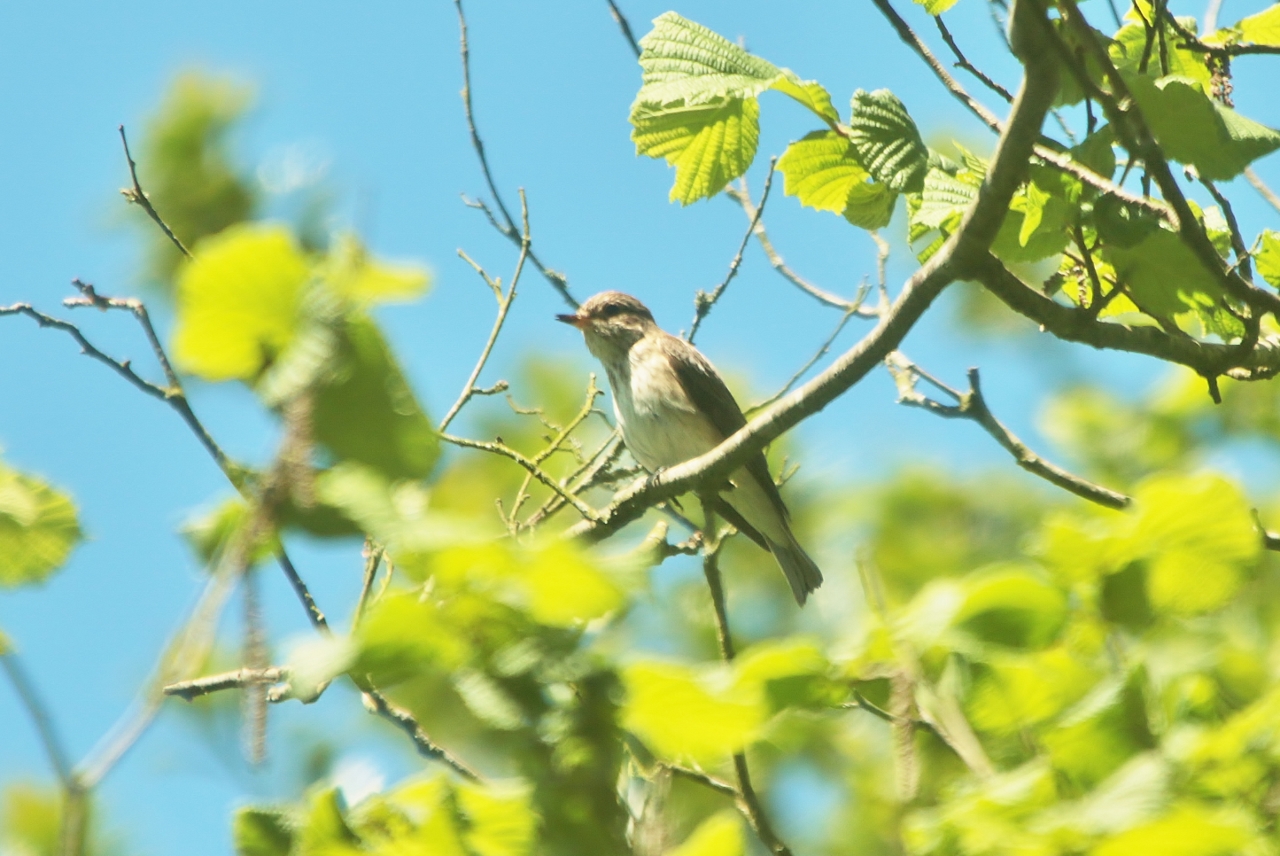
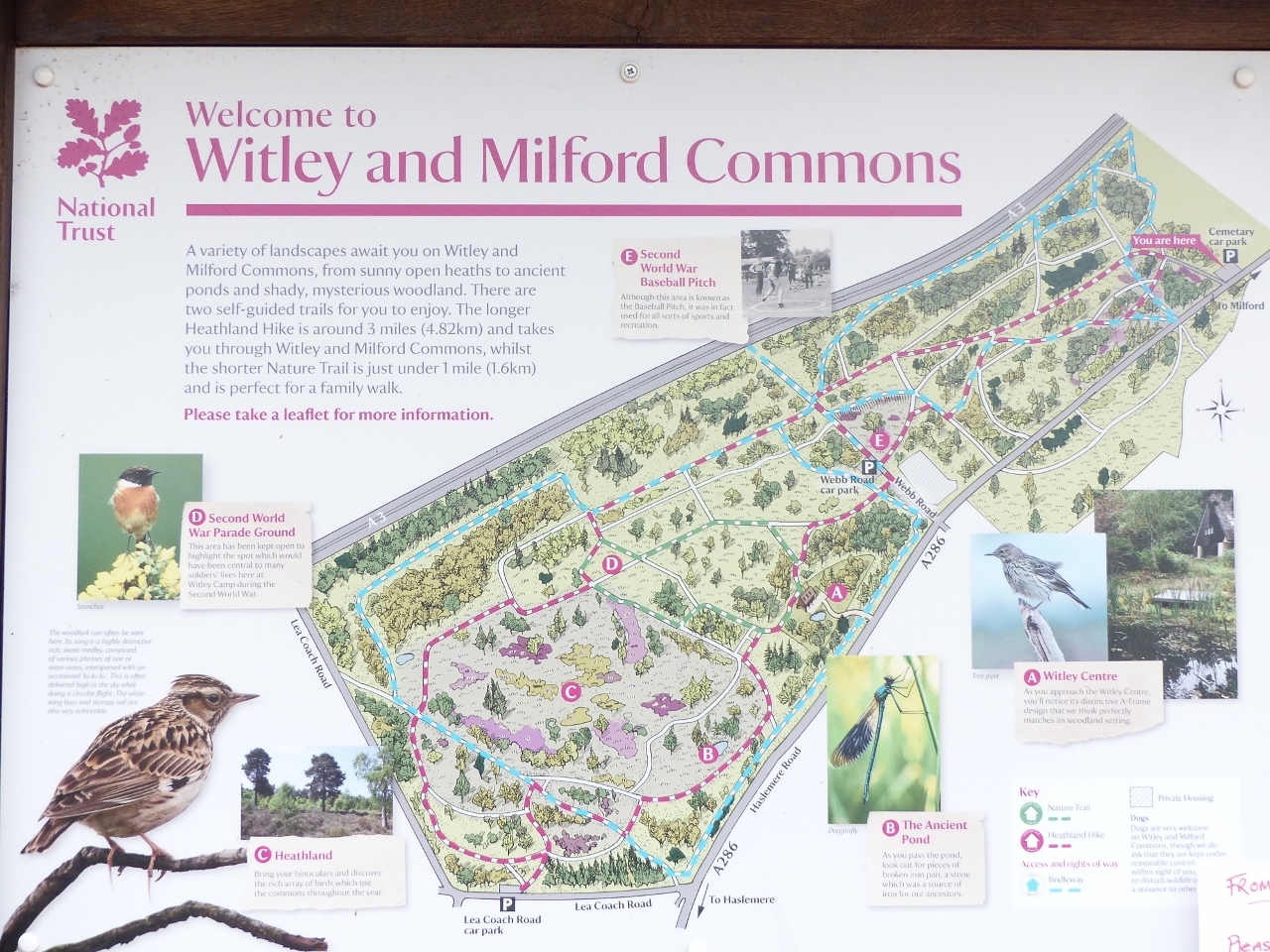
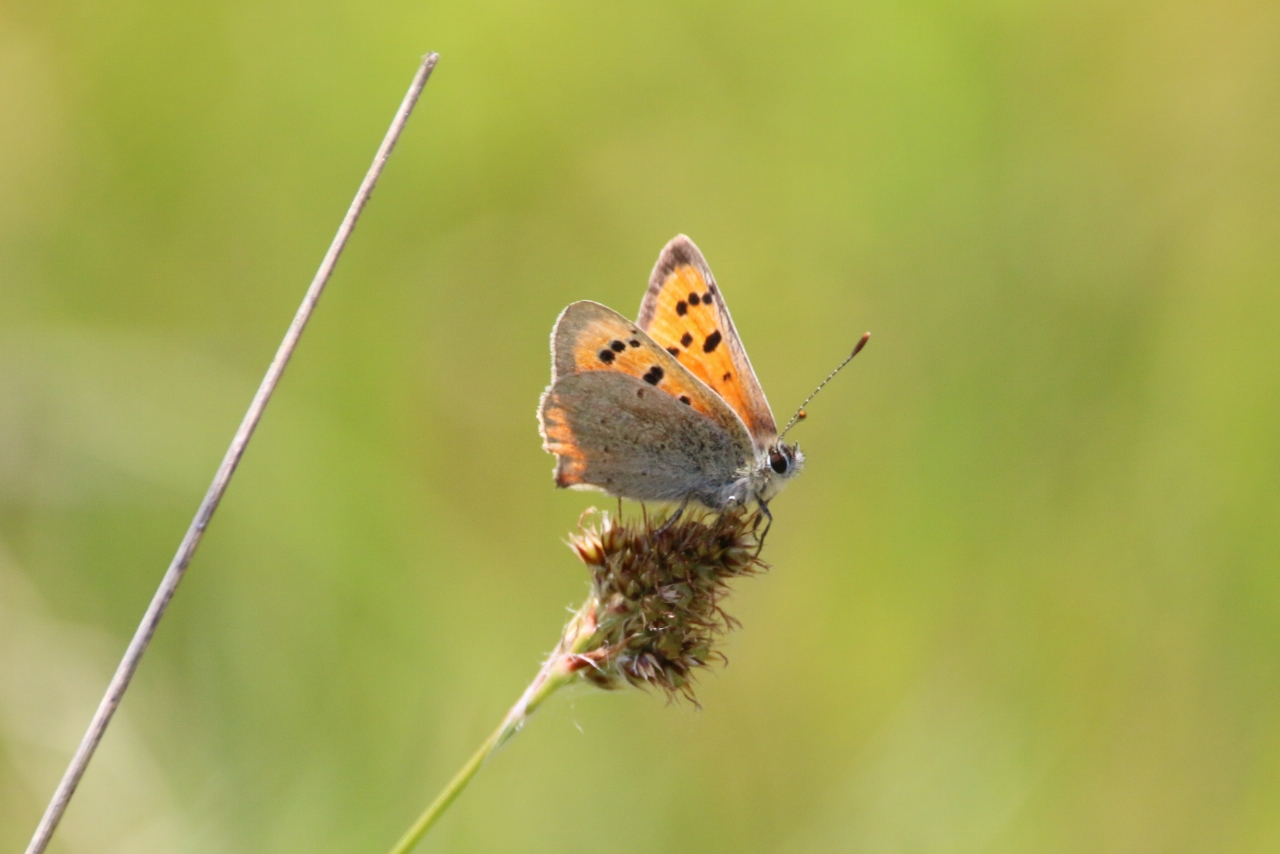
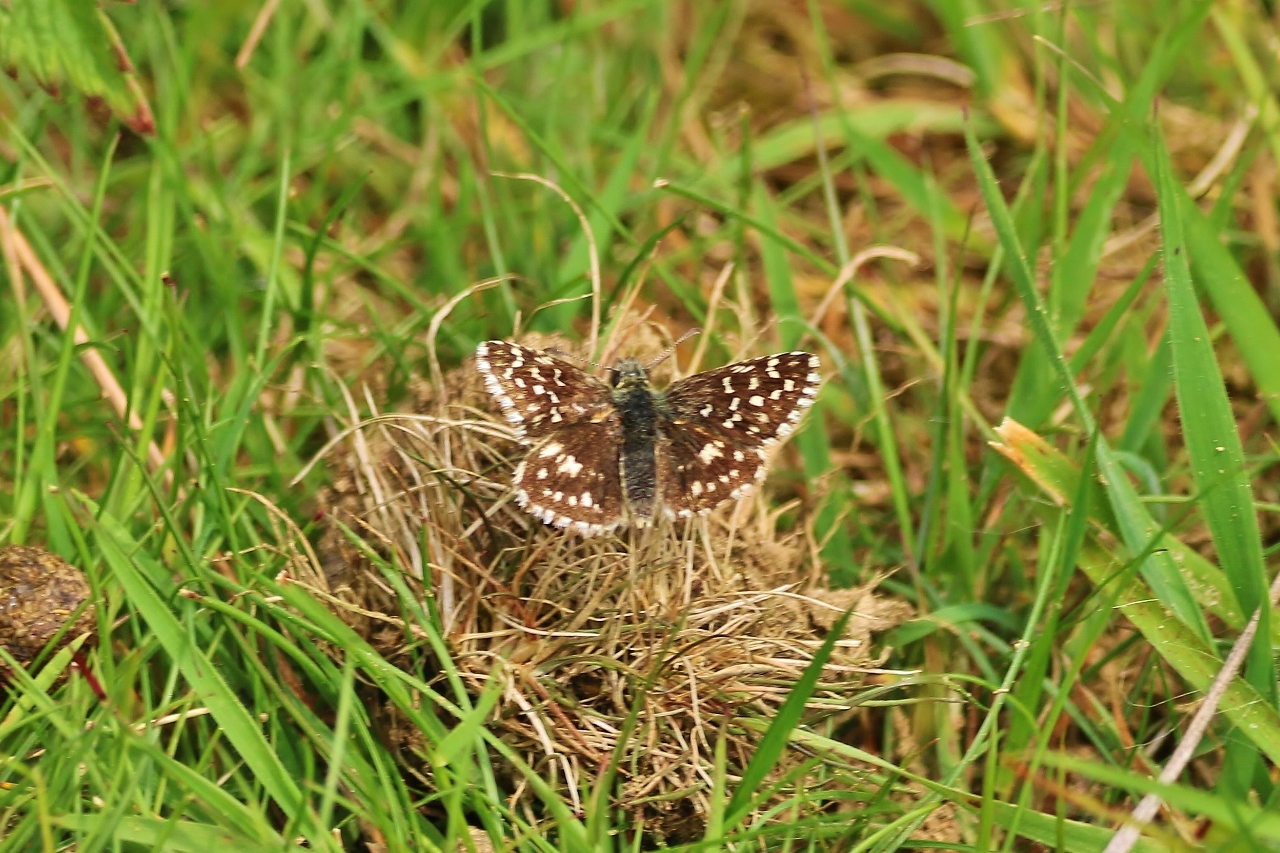
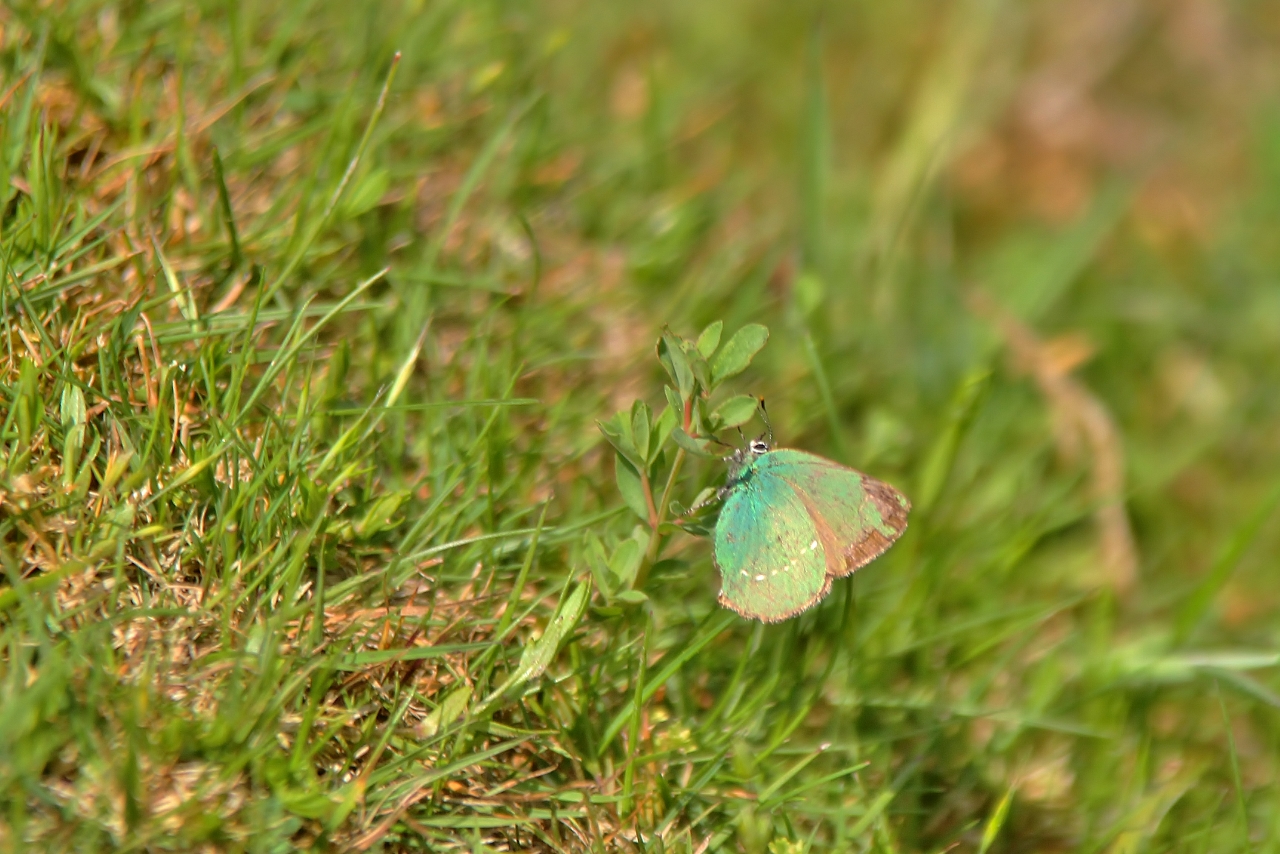
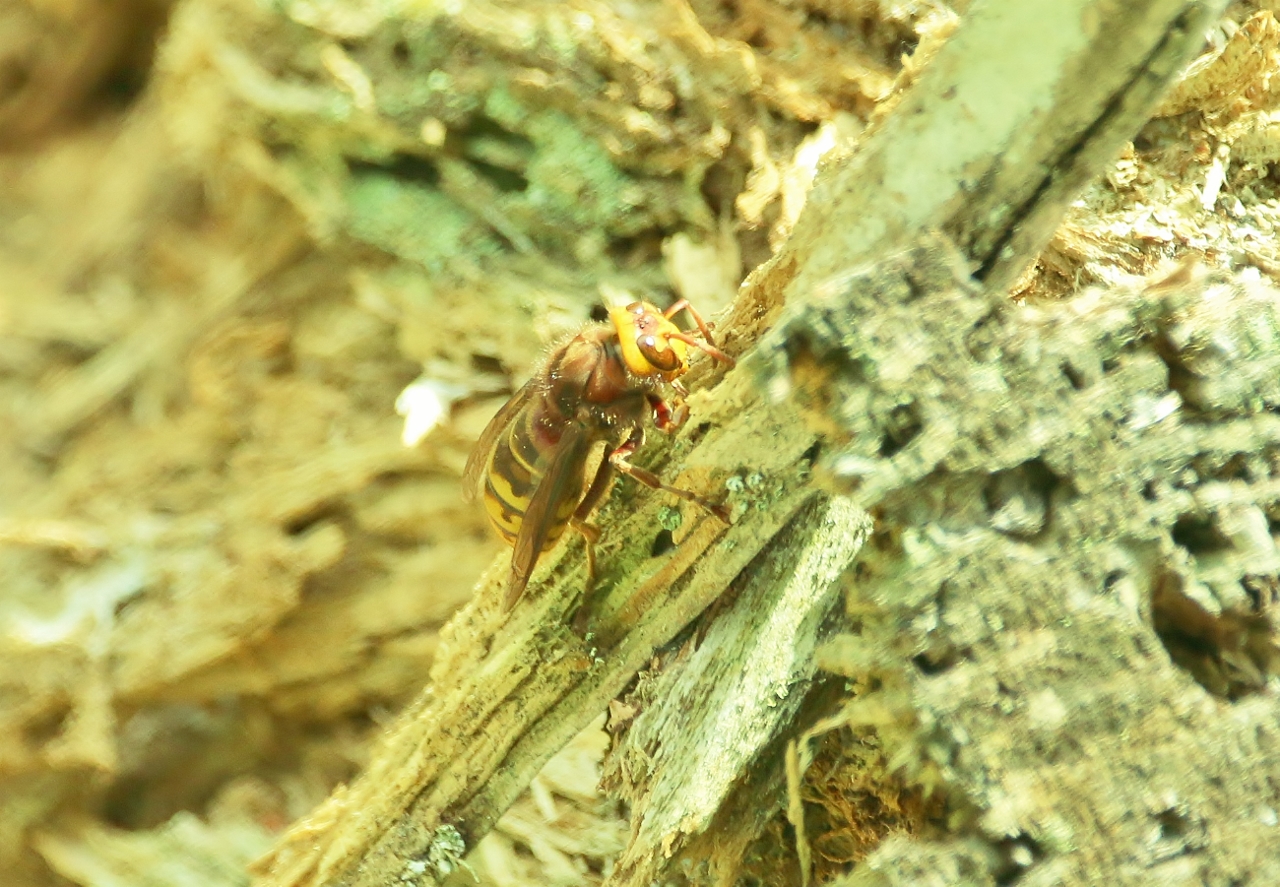


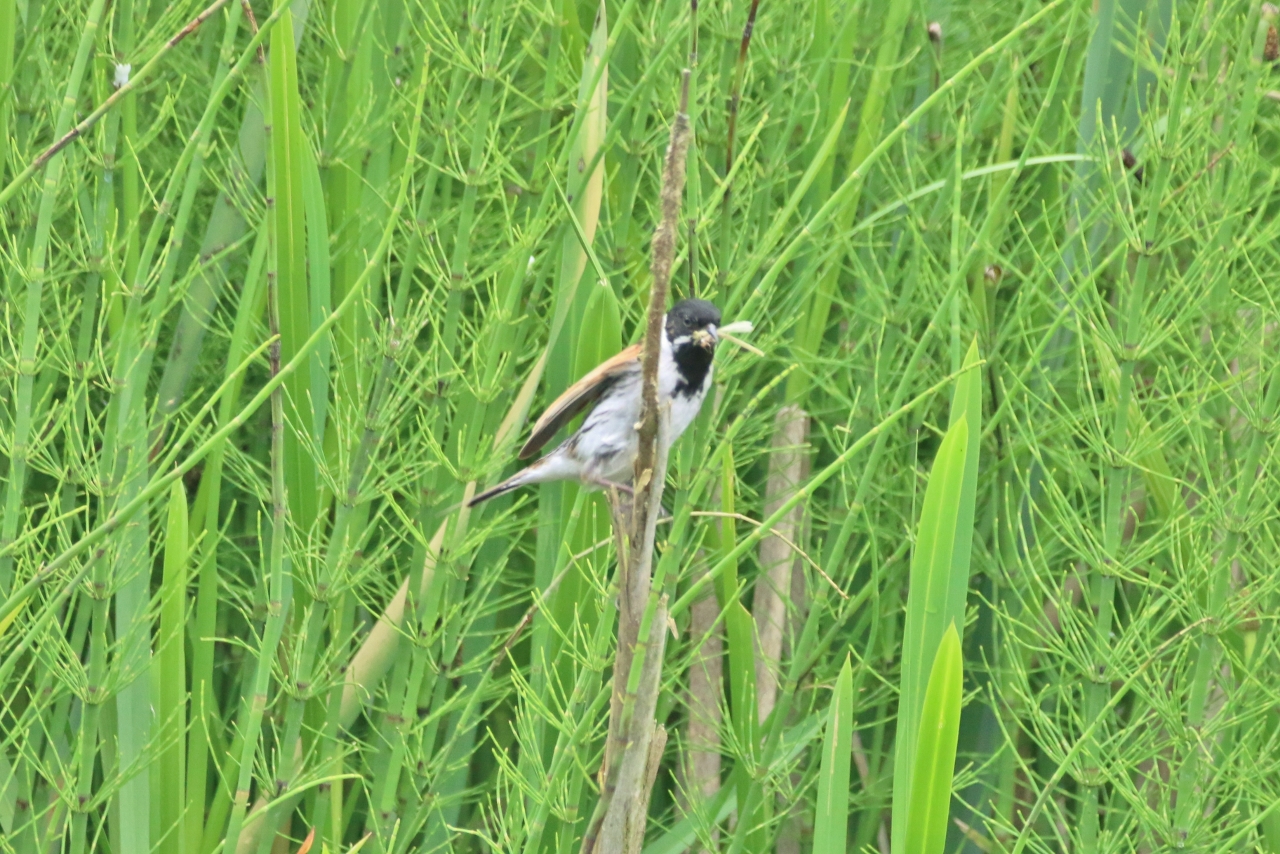
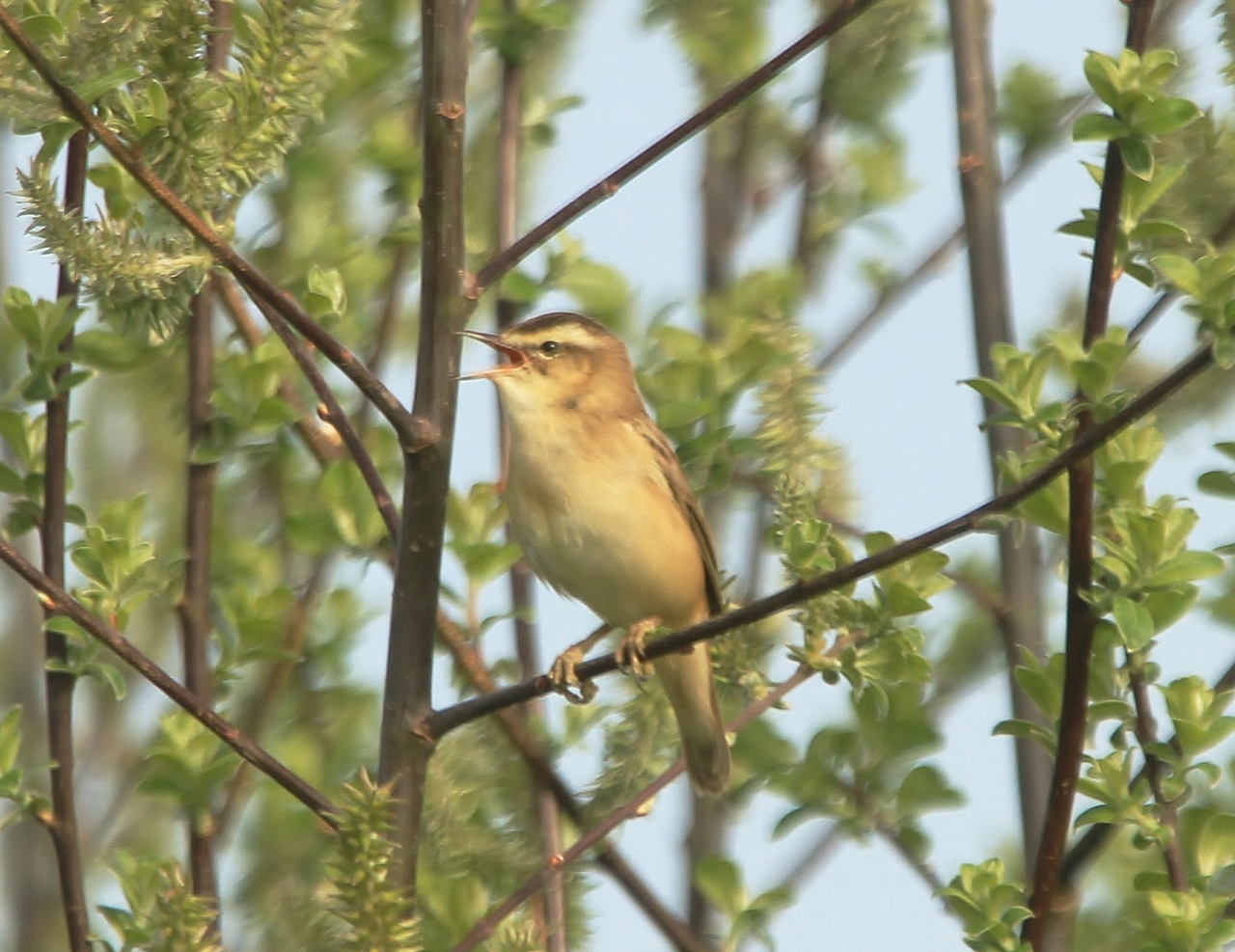
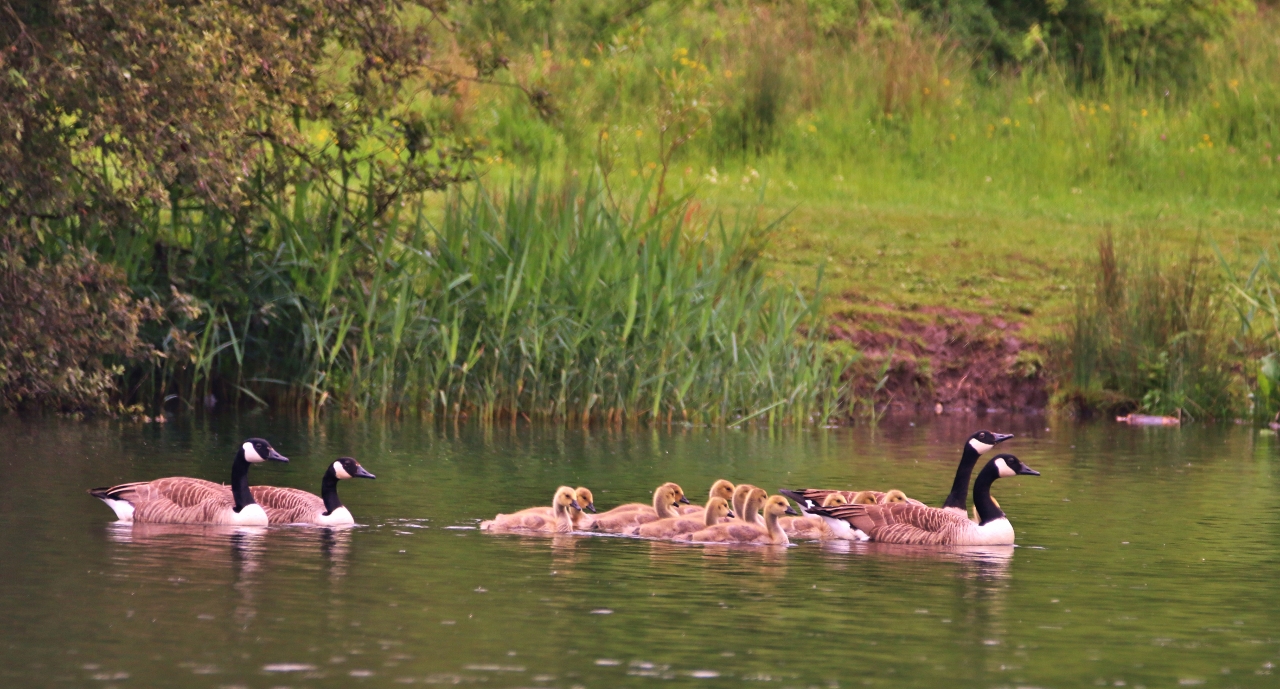

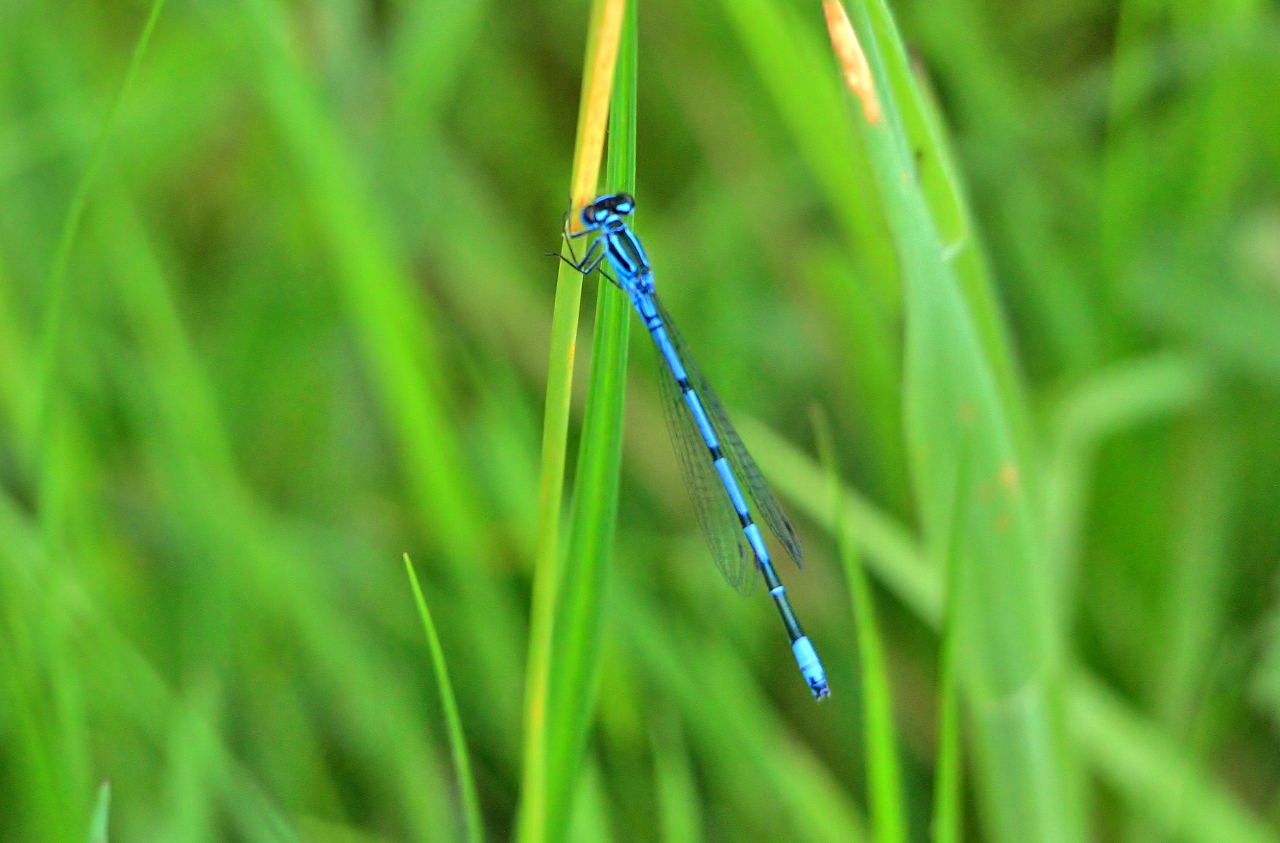

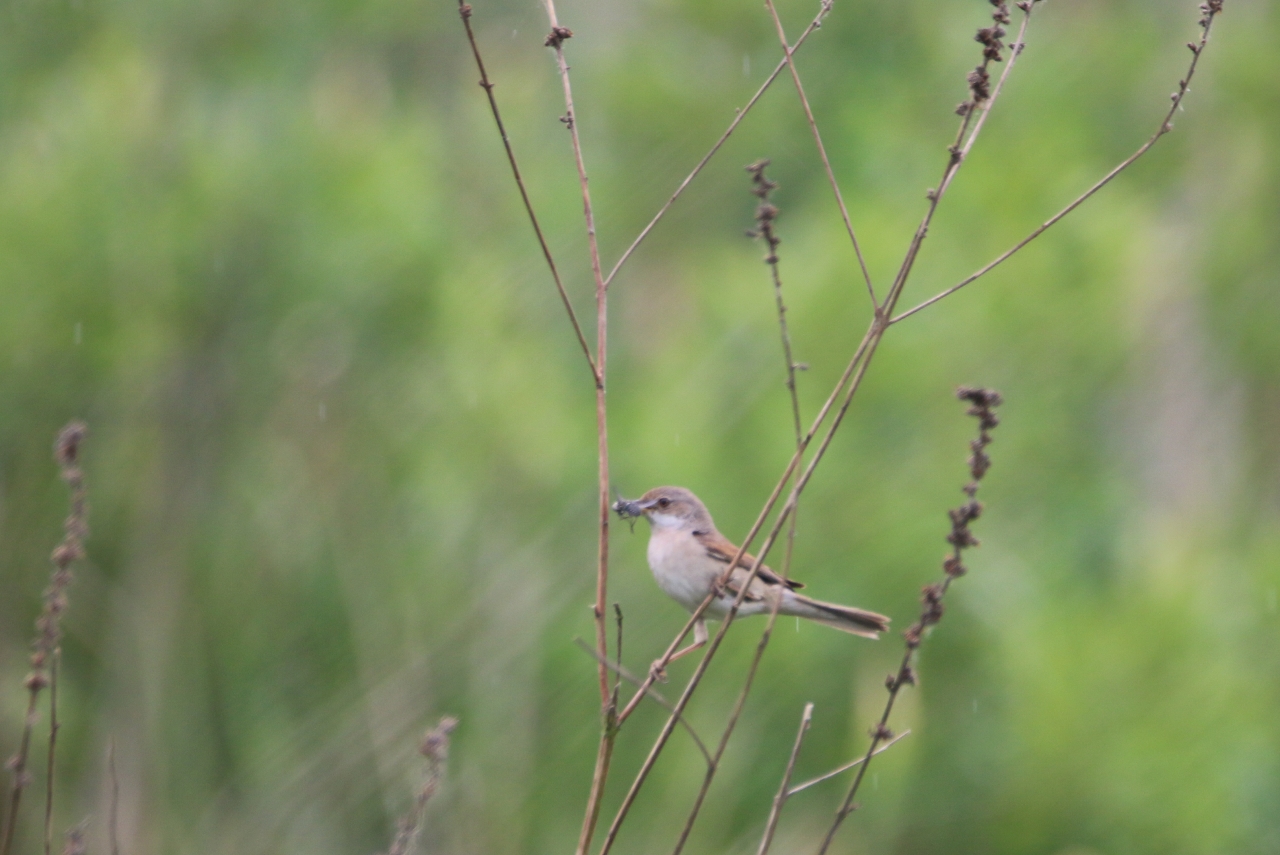
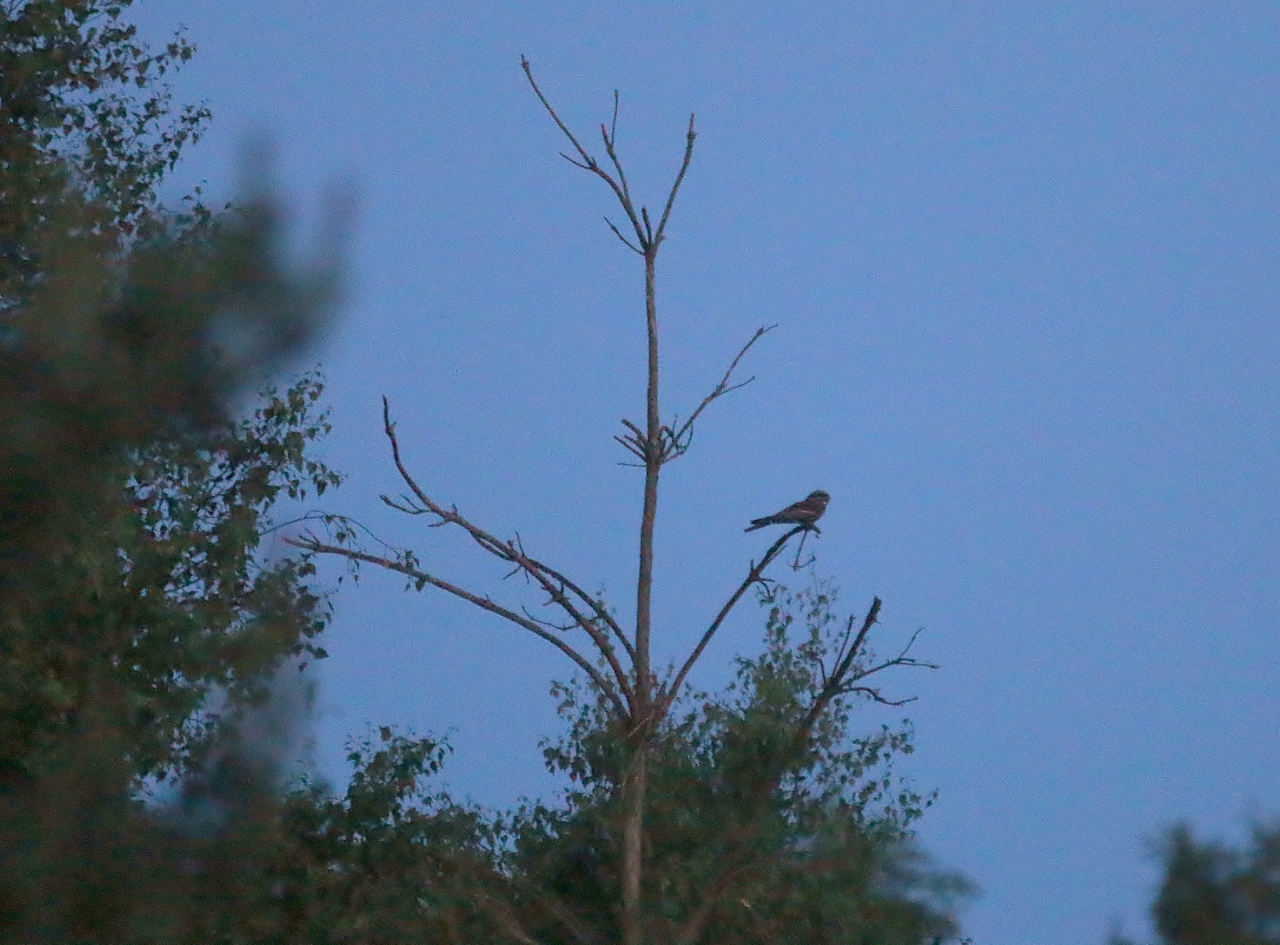
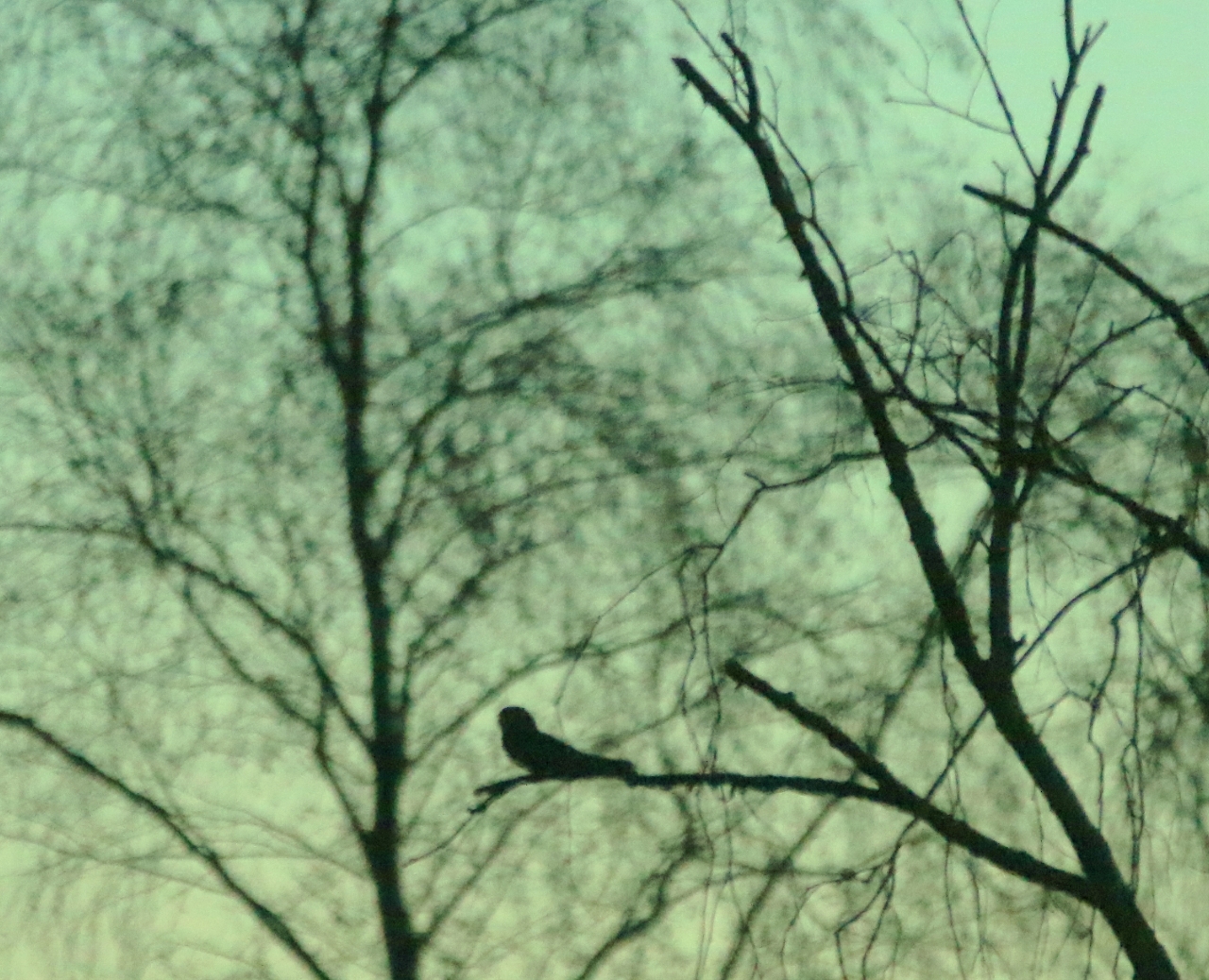
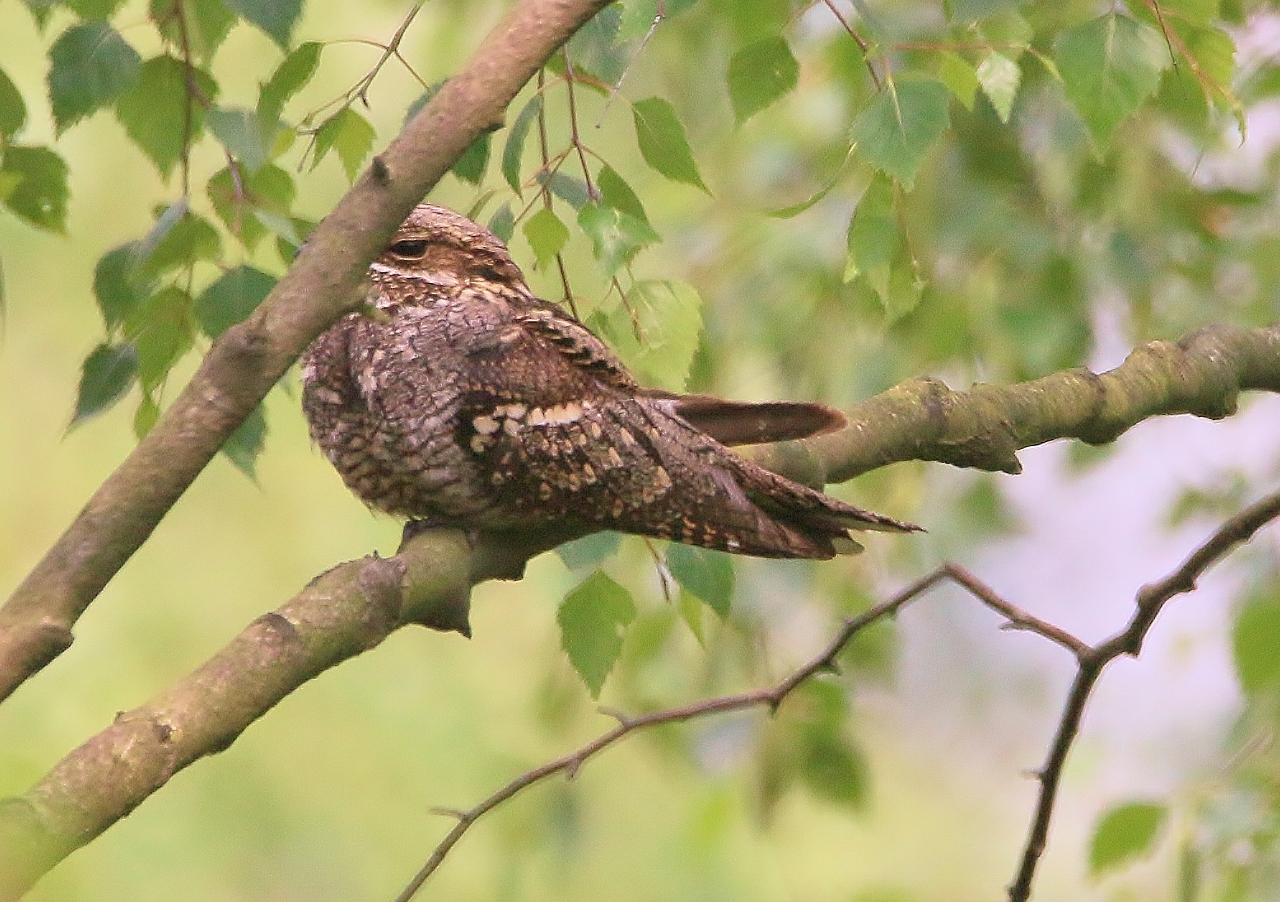
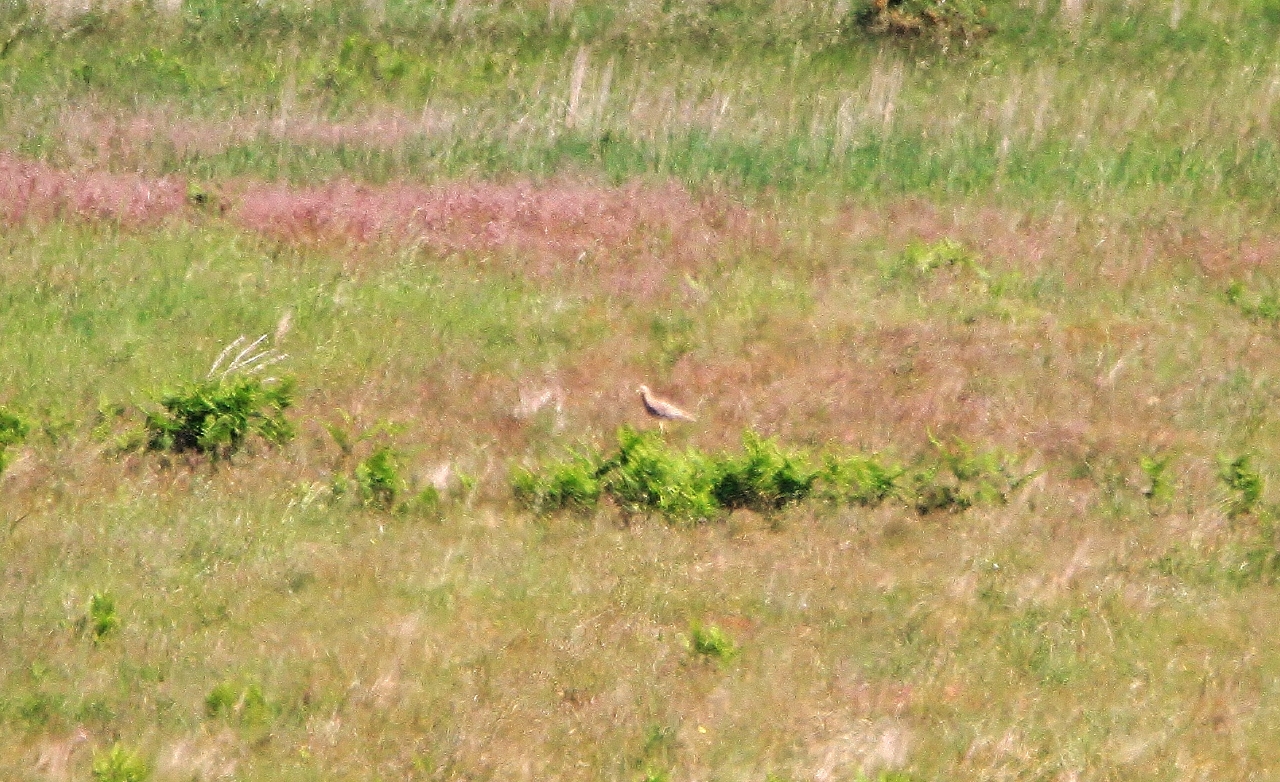
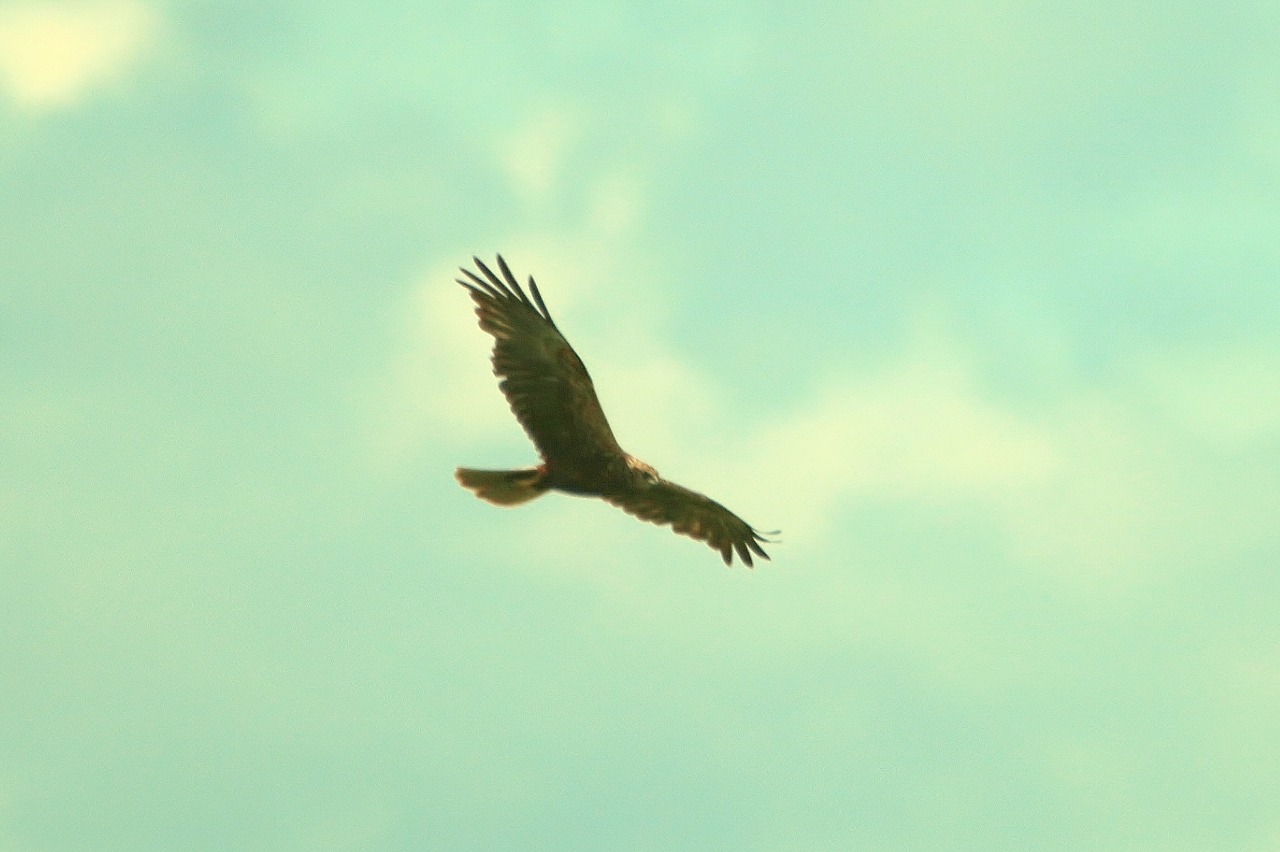

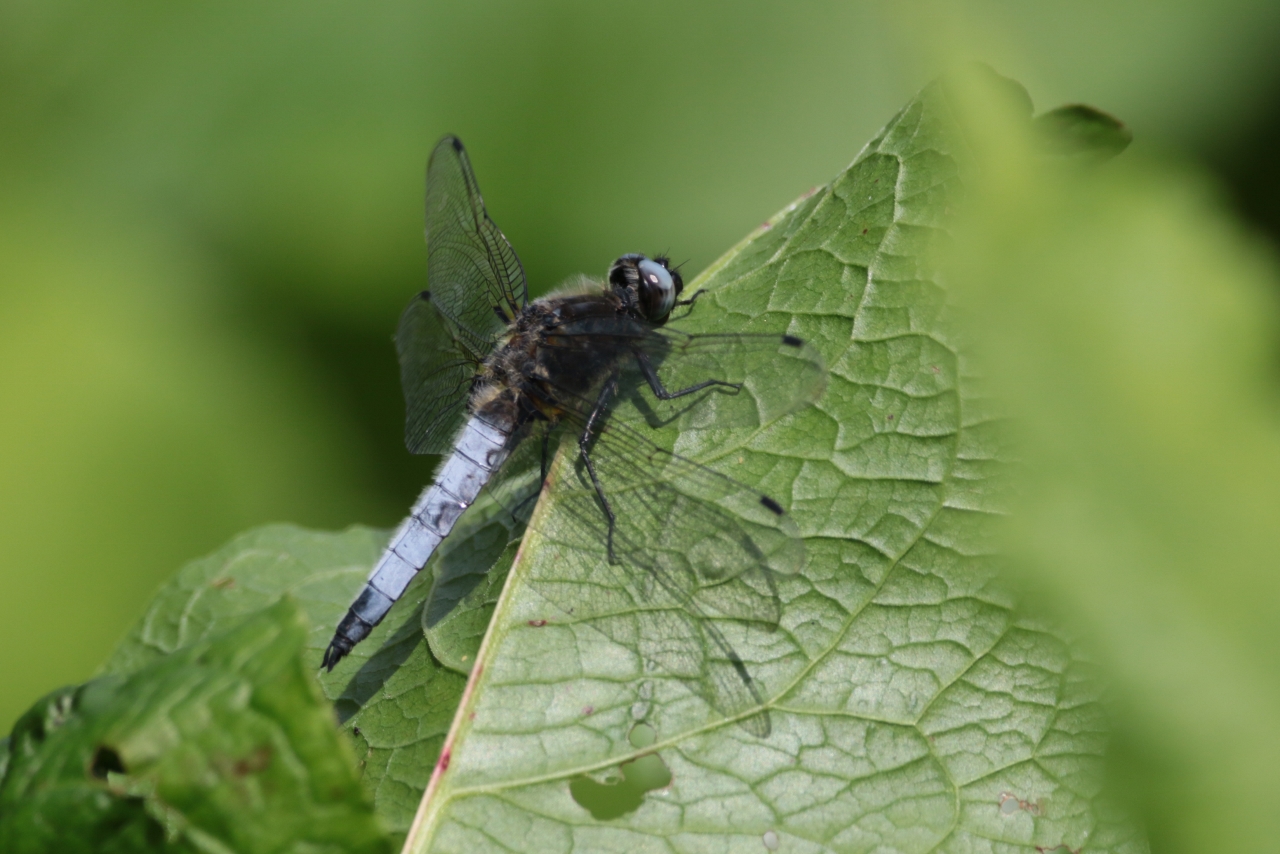
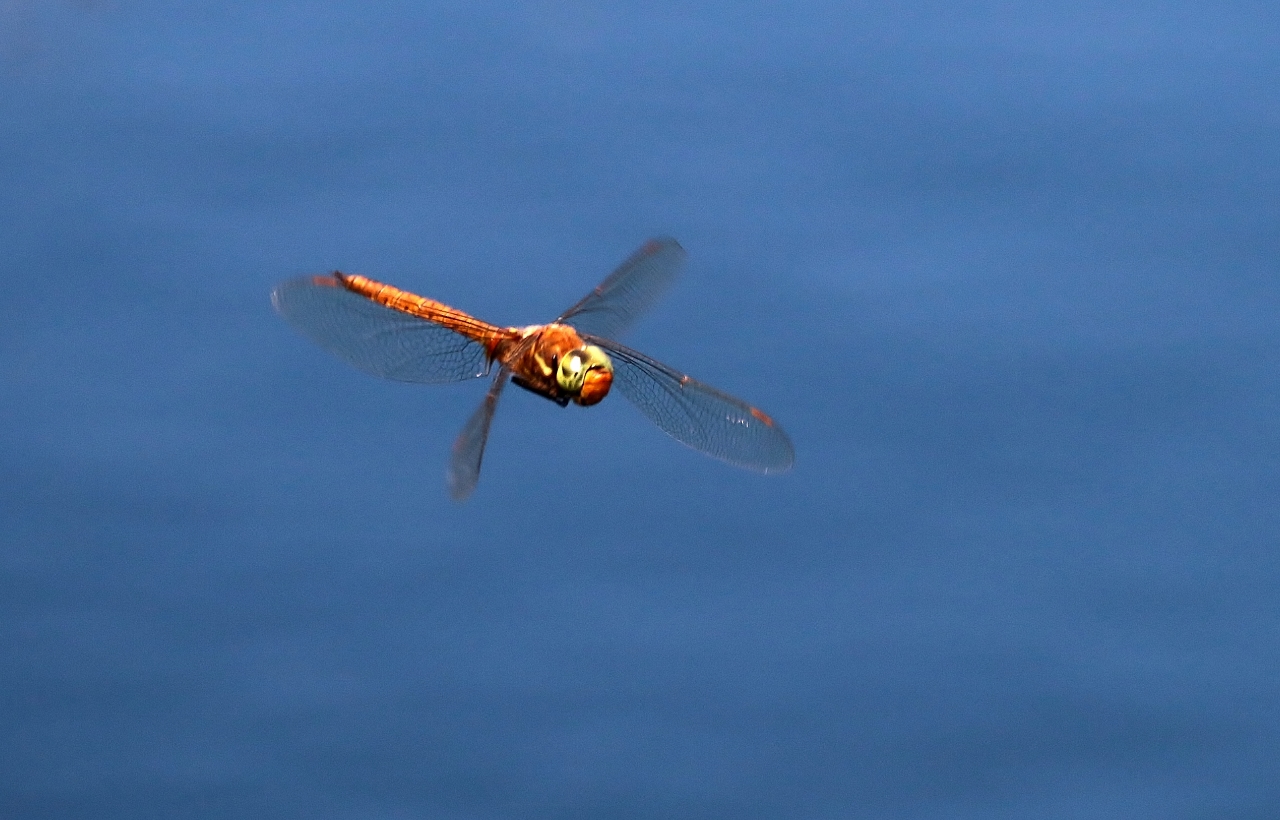

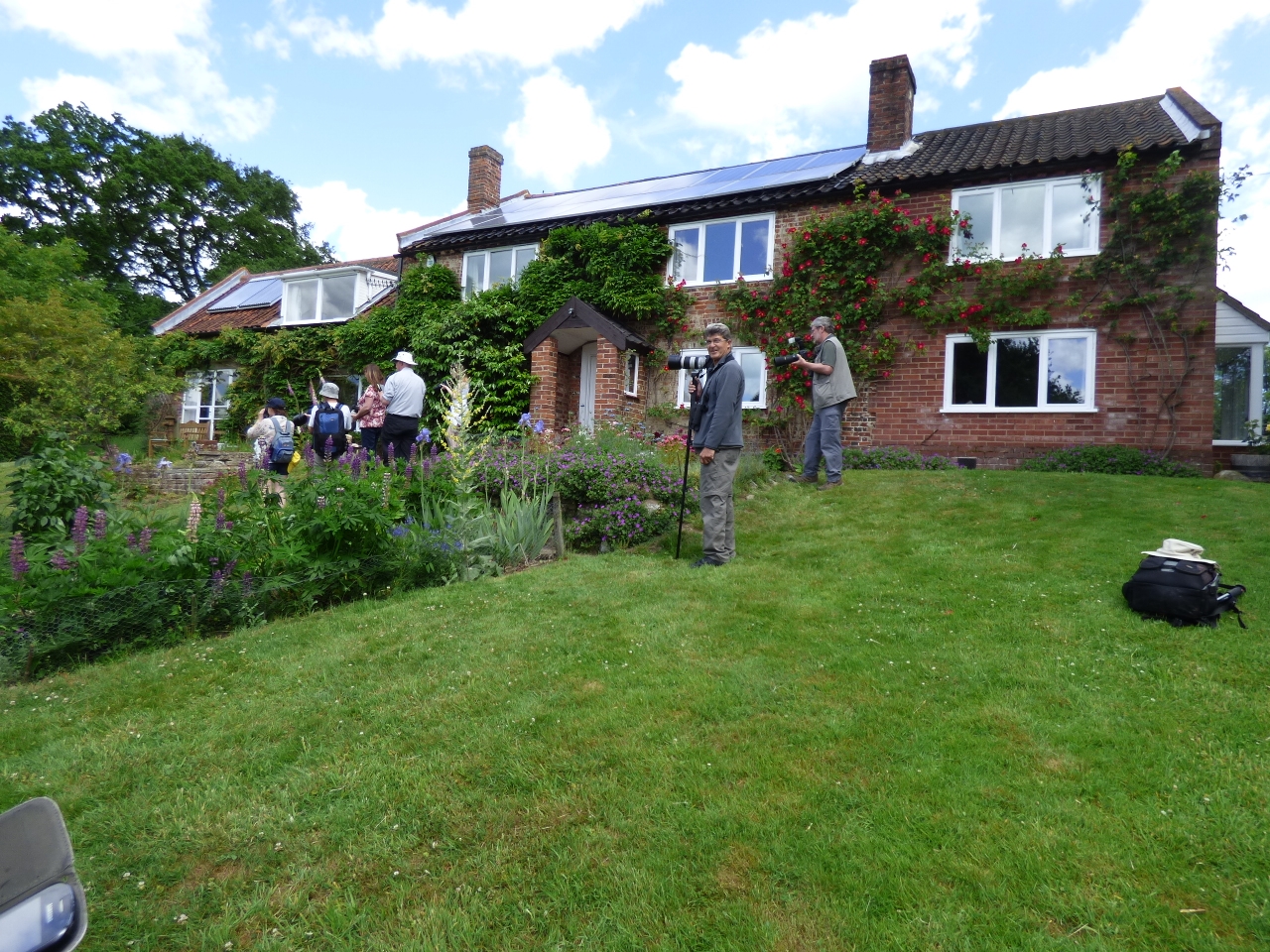

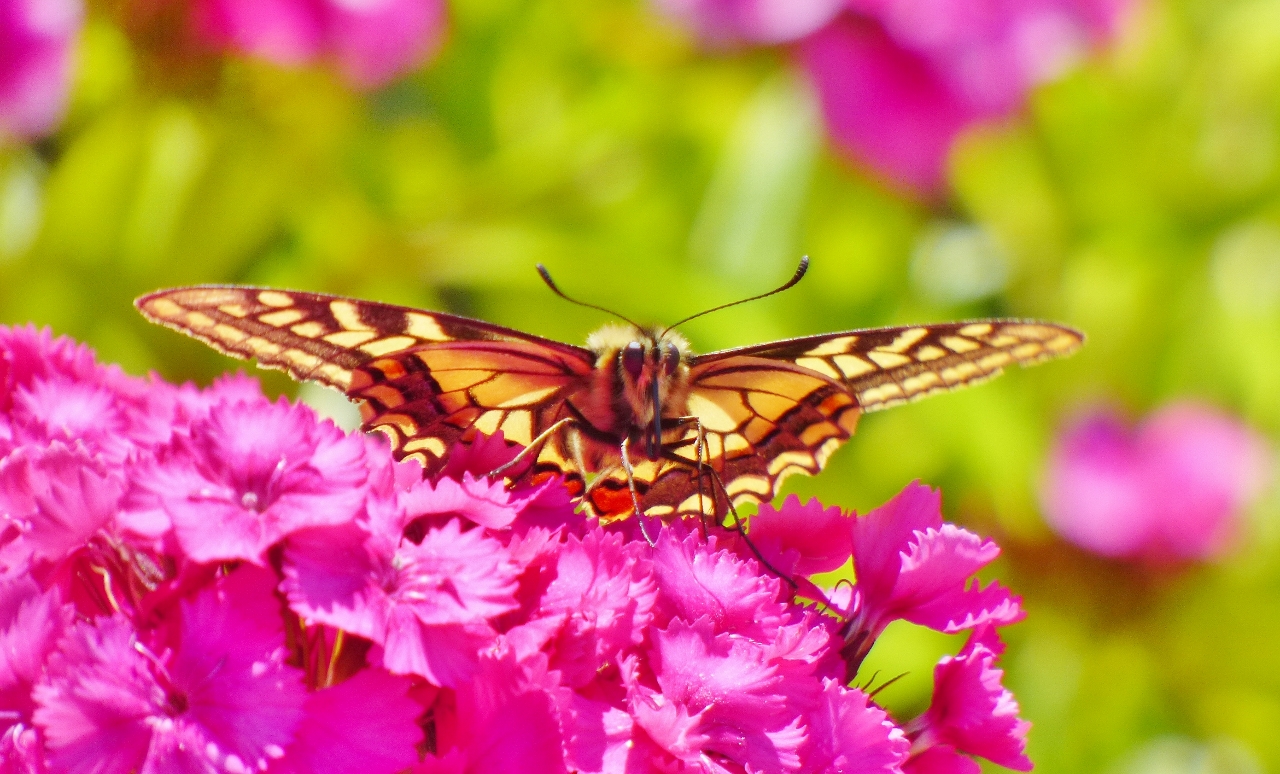
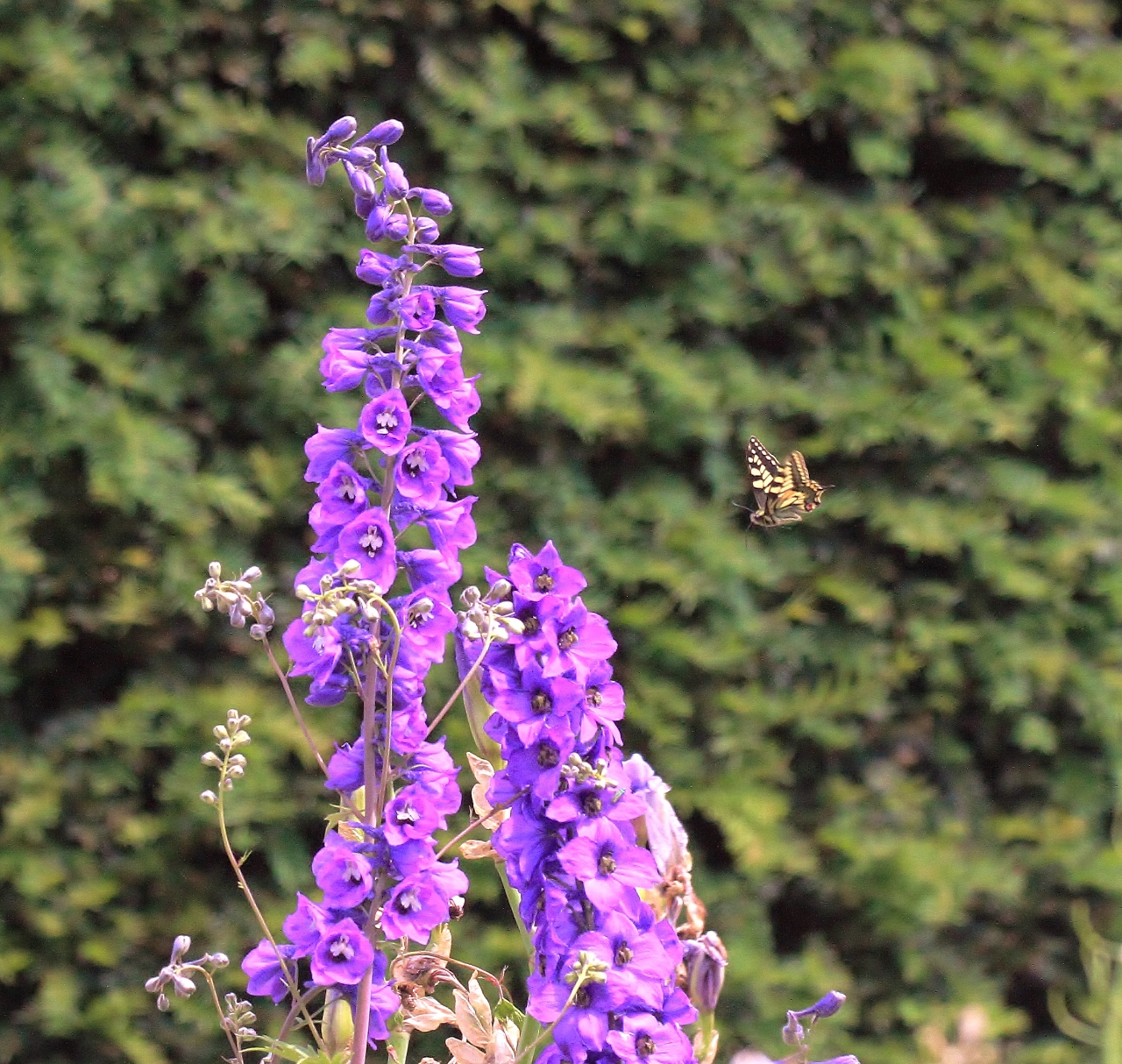
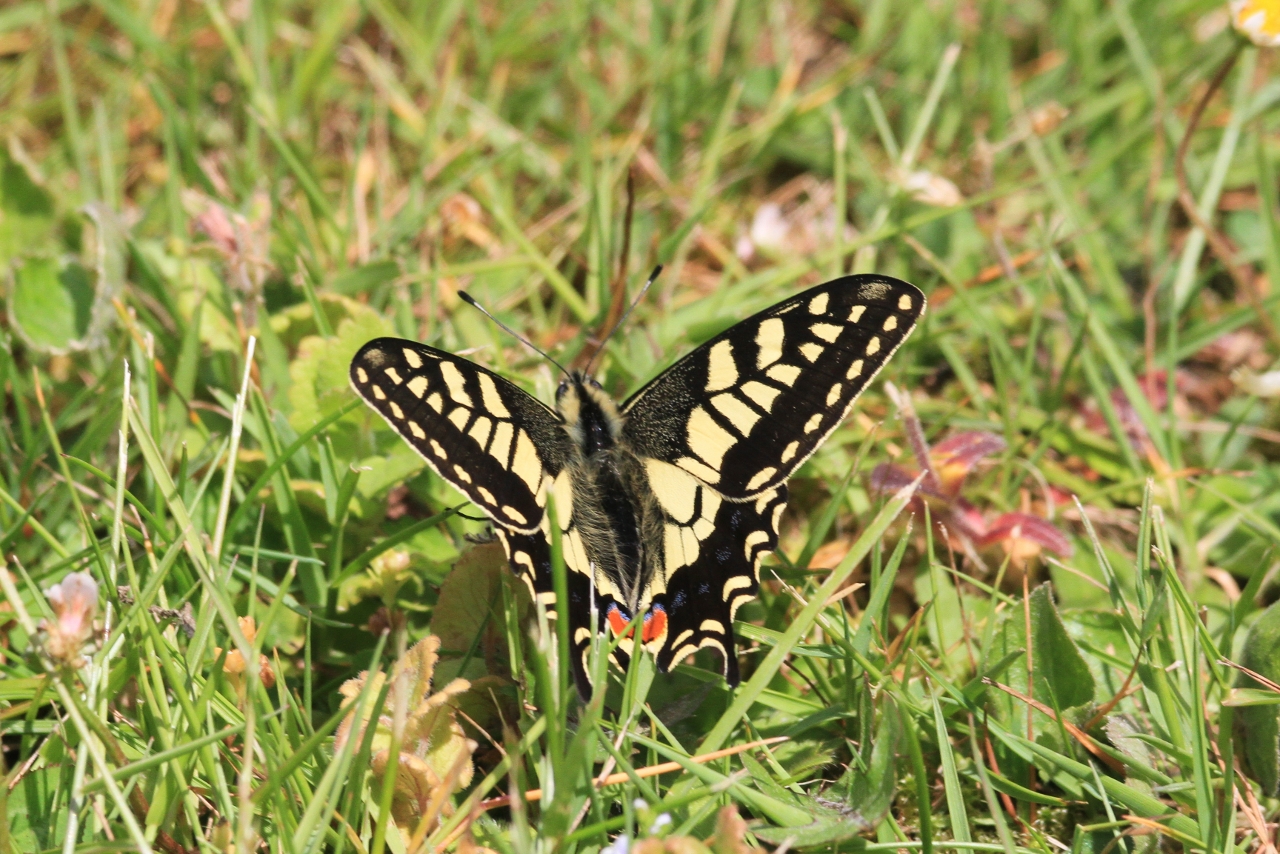
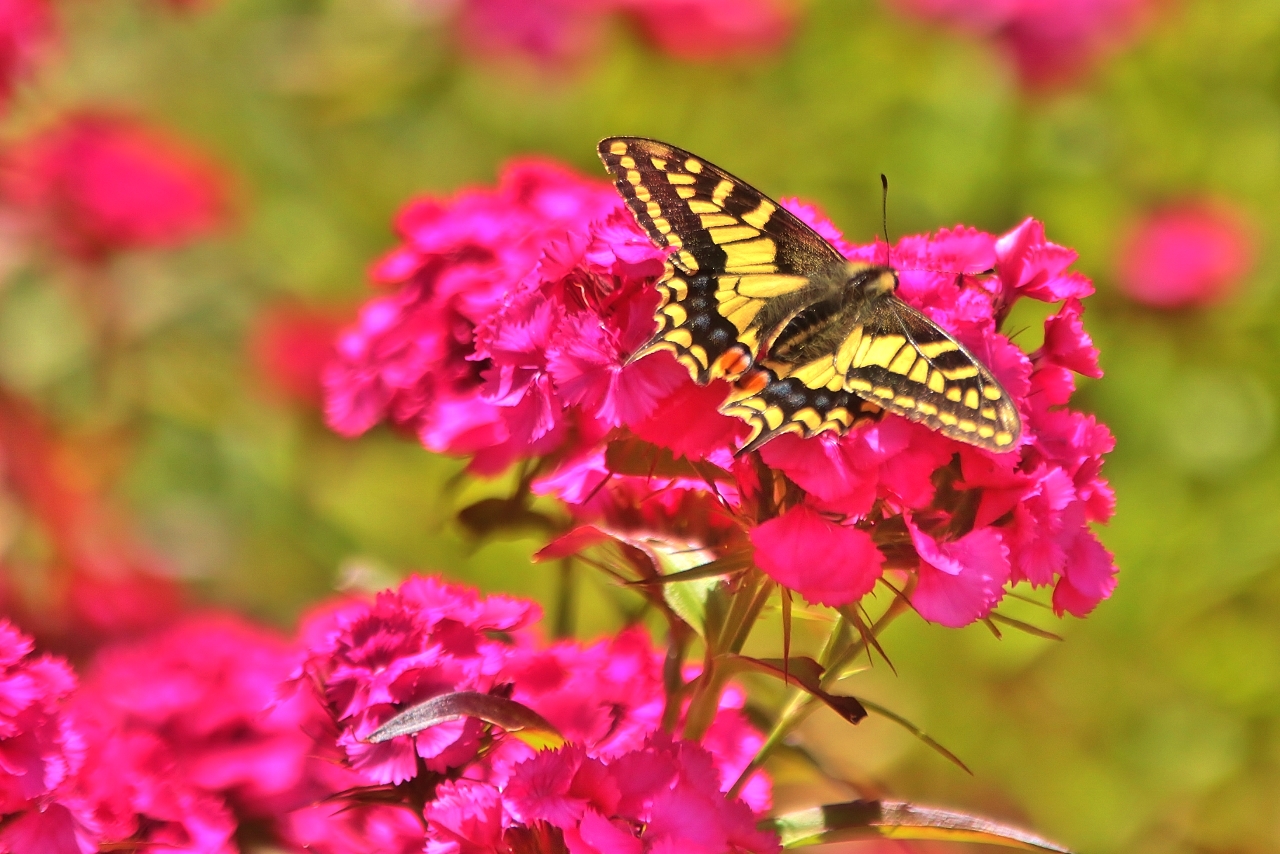
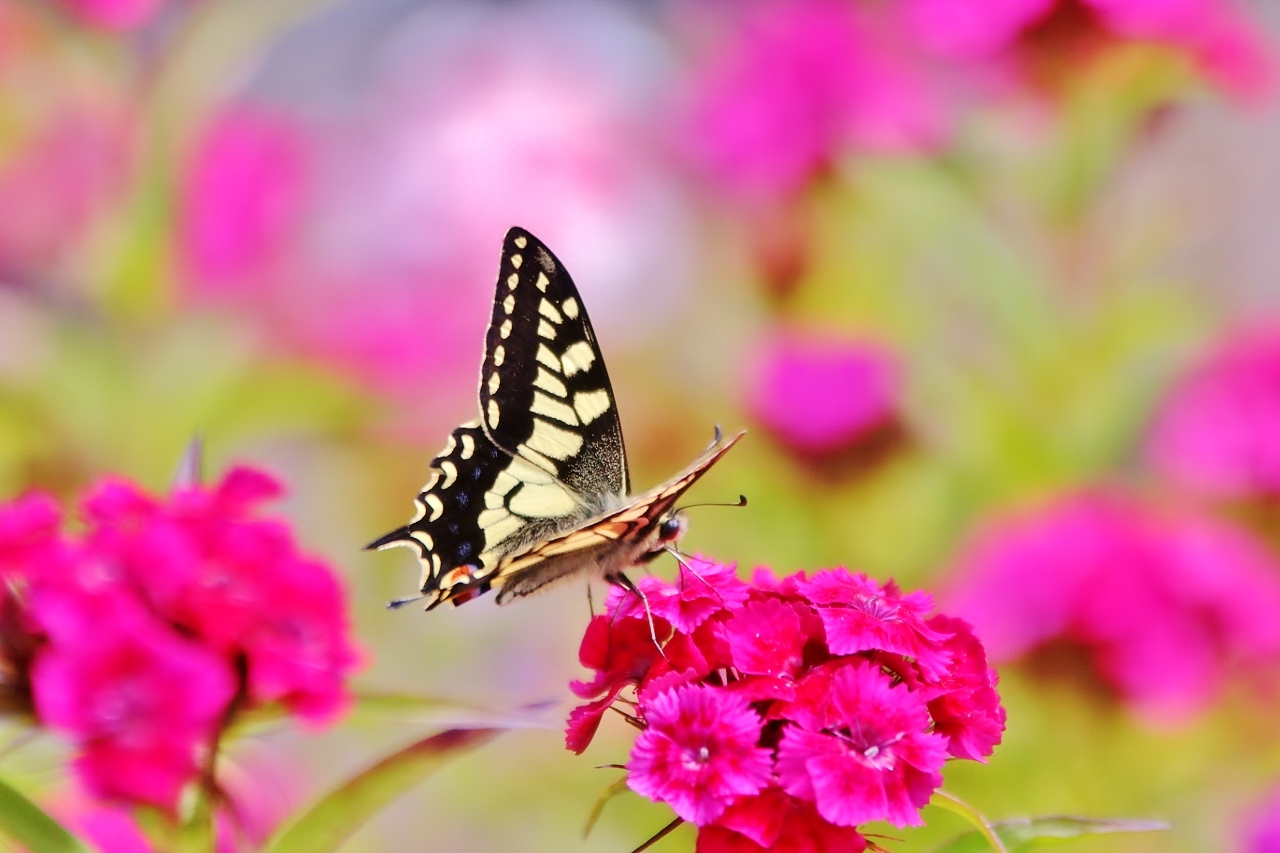








Harry Eve
June 17, 2017 at 9:14 am
The moth is definitely a Mother Shipton. The prophetess appears to be debating the future with her double. I wonder what she foretells for Guildford?
The remarkable clarity of Malcolm’s photo of “Common Blue Damselfly” suggests to me that it is a male “Azure Damselfly”.
The male Azure has a squared off U mark at the front of its abdomen whereas the male Common has a small “blob” there instead – normally with a stalk, making it look like a mushroom.
Both species are common and both should be found there.
malcolm fincham
June 24, 2017 at 10:15 pm
Thank you, once again to Harry Eve for his comments.
I always welcome all superior knowledge and look forward to more when I get on to my guesswork on my recent dragonfly photos. How else would we learn?